I discovered CopenHill a few years ago while clicking my way through Google Maps, exploring Scandinavian capitals. It immediately caught my attention with its innovation – I’d never heard of anything quite like it. Sure, I’d come across plenty of creative ideas before, but the fact that someone had actually managed to make this one happen felt wildly impressive.
It was exactly these kinds of innovations that deepened my fascination with the Danish capital. In 2021, I was accepted to study in Copenhagen – and the Danish adventure began. Naturally, CopenHill was at the very top of my must-visit list. I even pinned it to my 2021 vision board before I had officially applied for my studies in Denmark.
Let me take you there…
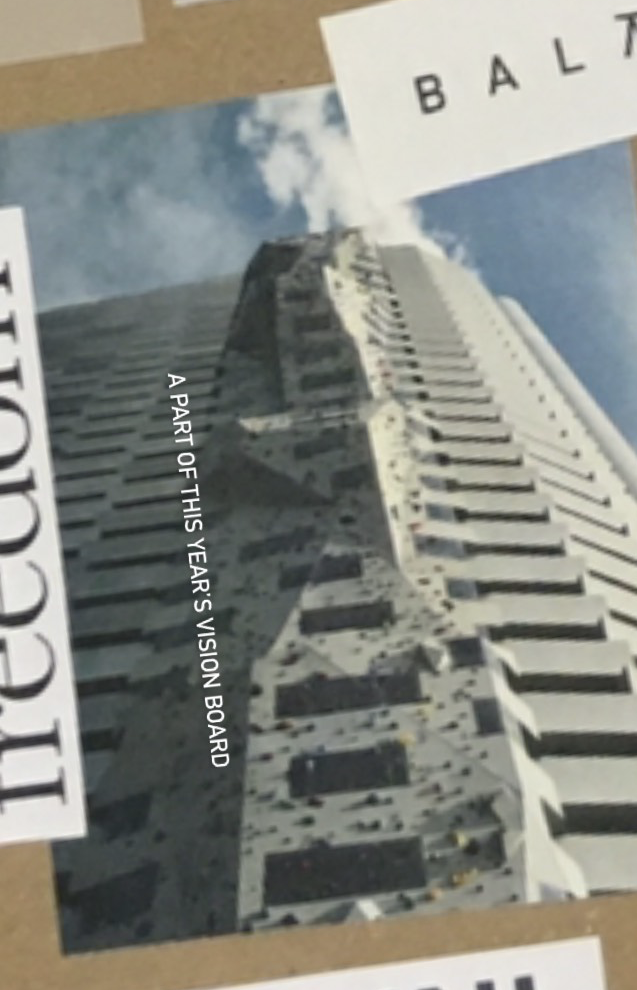

In September 2021, the dream finally came true – that feeling when a scene you’ve been imagining for years unfolds before your eyes is simply magical. Sadly, I couldn’t get onto the roof that day because it was closed for a private event.
My next chance came in January 2022, right after my final exam – one of the rare sunny days in that season. CopenHill is quite a distance from where I lived at the time…
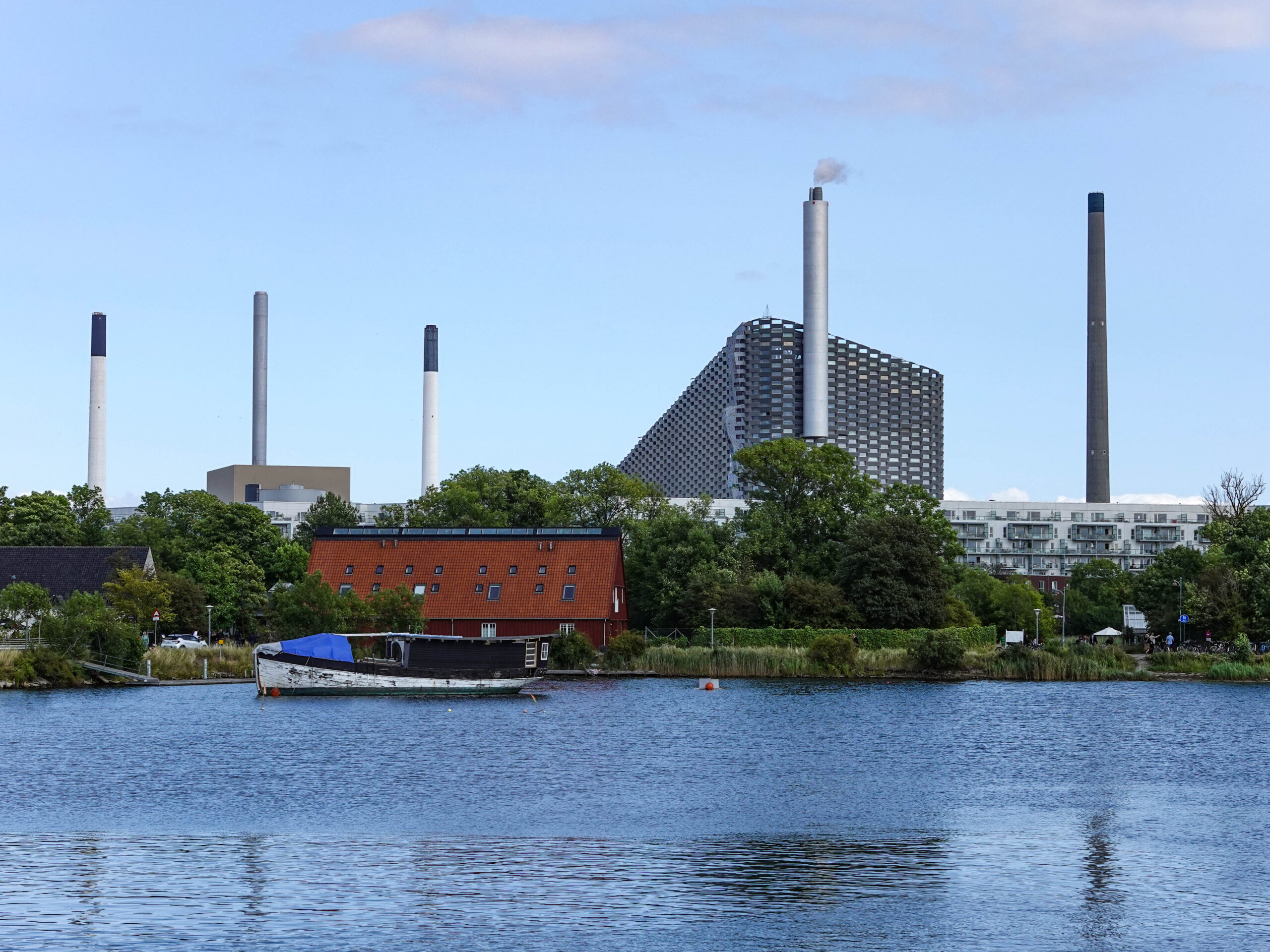
It’s located on the northern, industrial end of the island of Amager, around 30 minutes by bike from my flat. The last stretch leads through a peaceful, green part of the city.
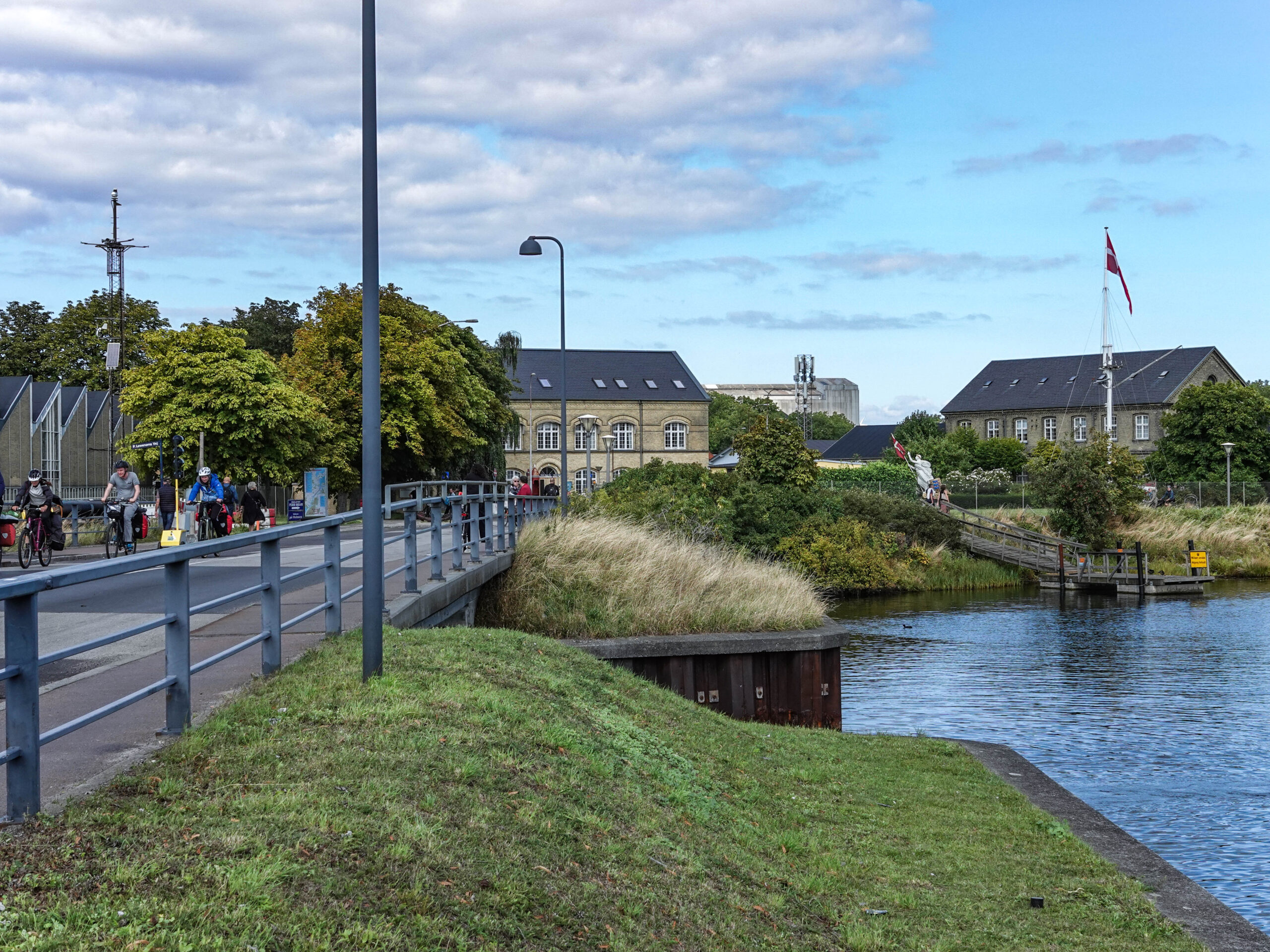
In one interview, someone described it as possibly the first waste incineration plant people actually want to live near. Before it was built, locals were told a ski slope was coming – not an incinerator.
CopenHill is a futuristic waste-to-energy power plant with recreational areas built into the rooftop and facade. It offers a wide range of activities for visitors of all ages.
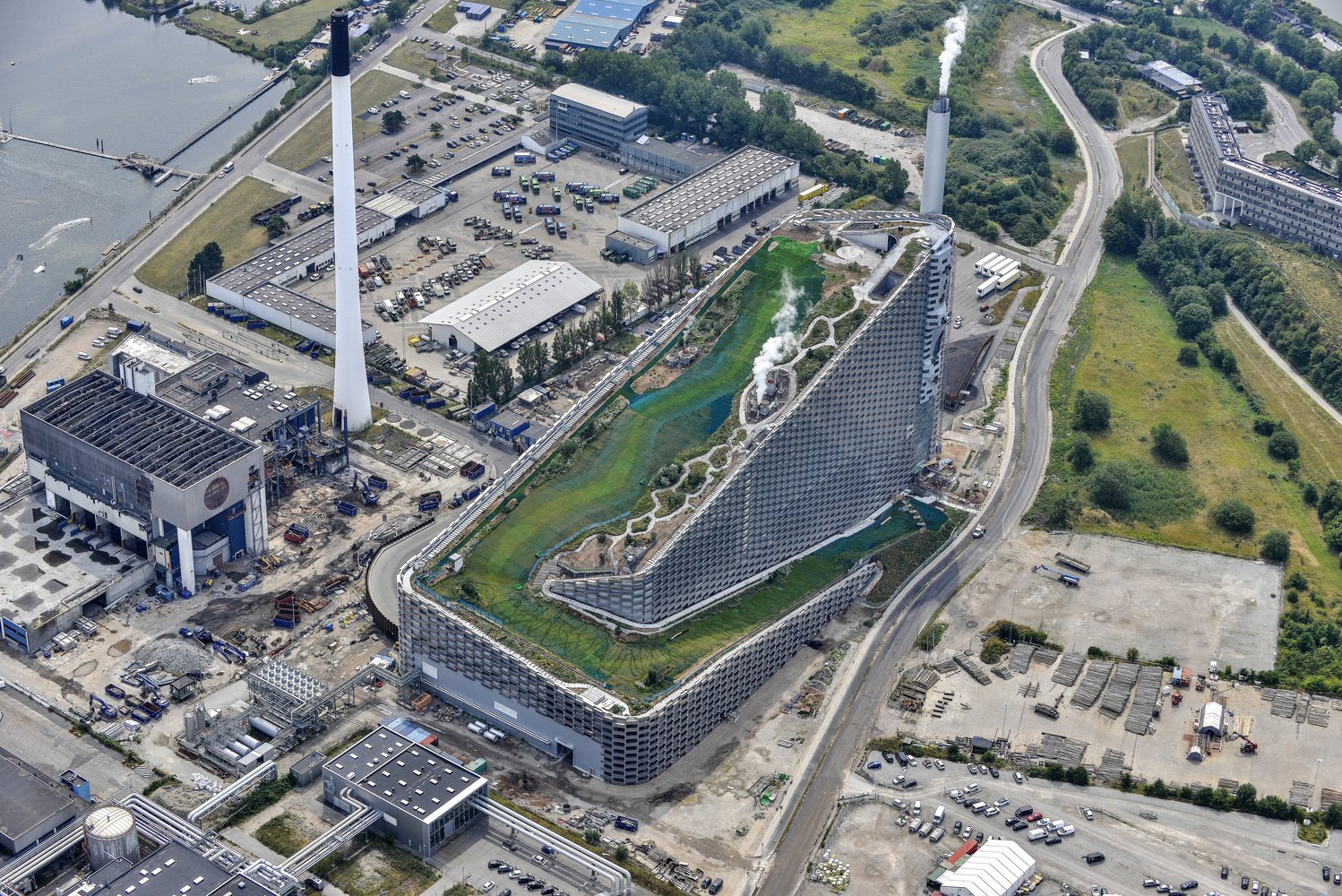
In my opinion, it totally earned its title as World Building of the Year 2021.
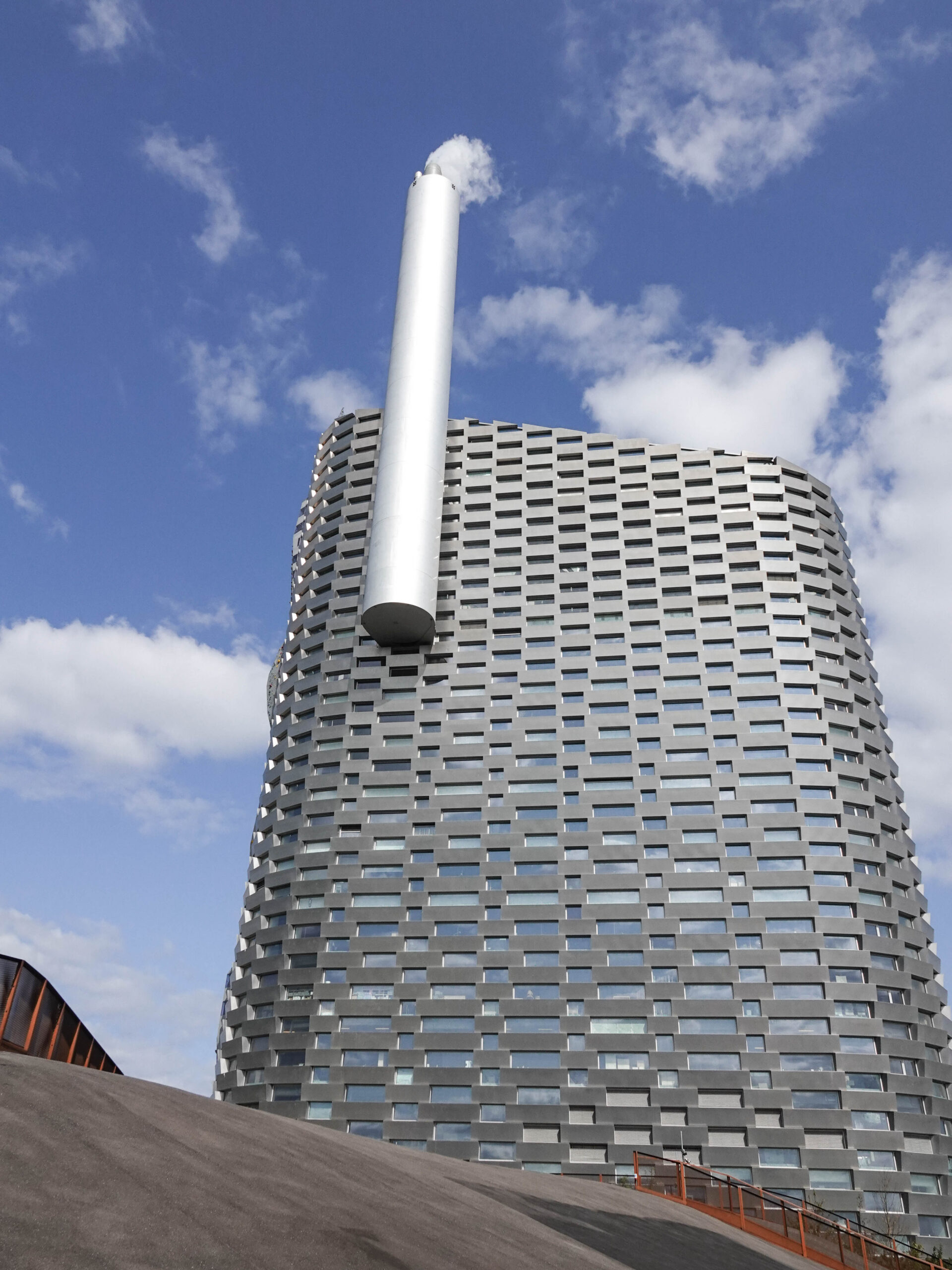
The plant opened in 2017 under the name Amager Ressource Center, and two years later, the rooftop park and sports facilities were opened, attracting hundreds of thousands of visitors each year.
The concept was designed by the Danish architecture firm Bjarke Ingels Group (BIG). The idea received global praise – Time Magazine named it one of the 50 most innovative ideas of the year, and a model of it was even displayed at the Museum of Modern Art in New York.
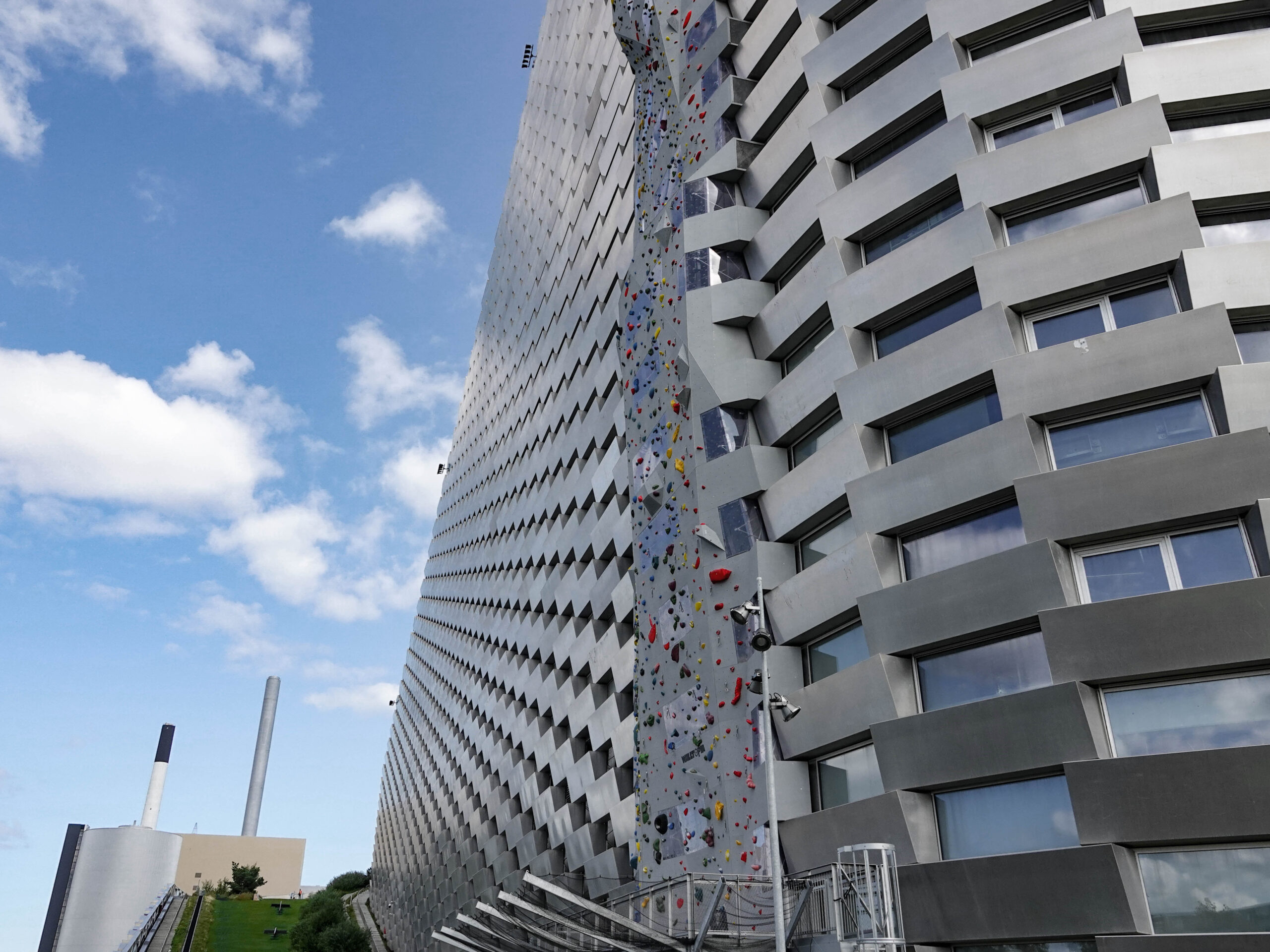
CopenHill (also known as Amager Bakke) is wrapped in aluminium bricks (1.2 x 3.3 m), which are intended to become green over time.
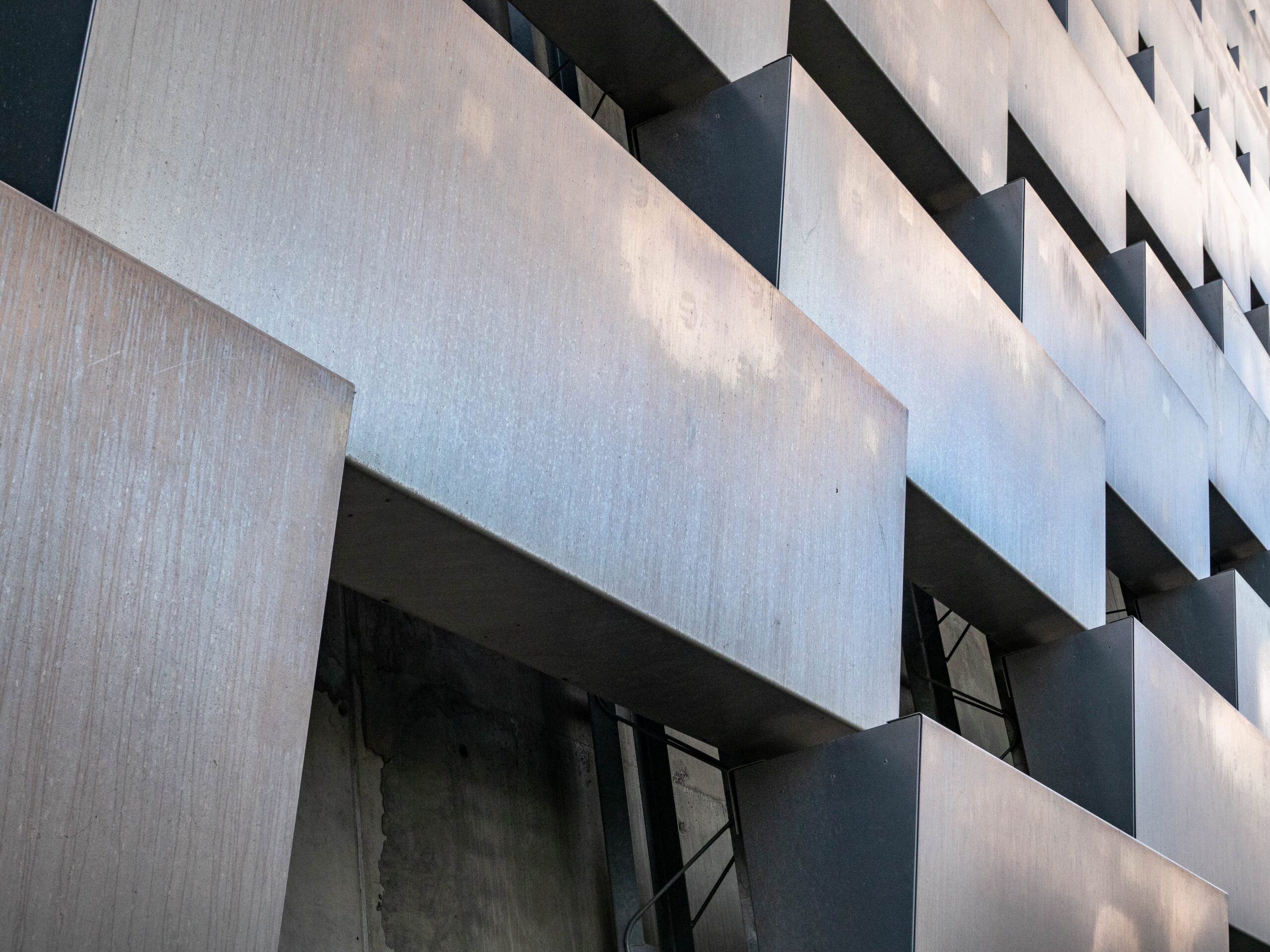
Inside, there are ten floors of administrative offices and a large educational centre used for academic visits, sustainability workshops and conferences.
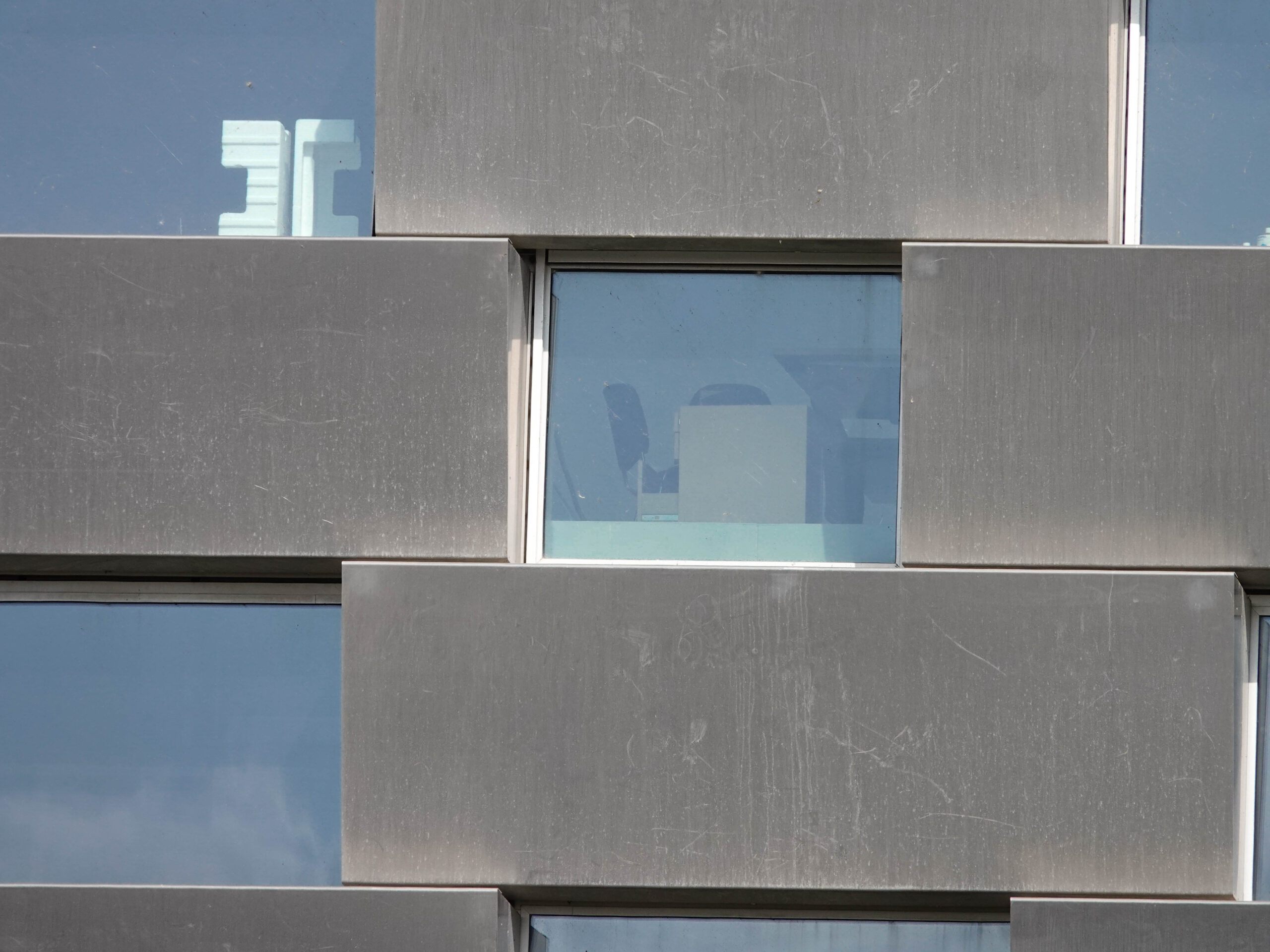
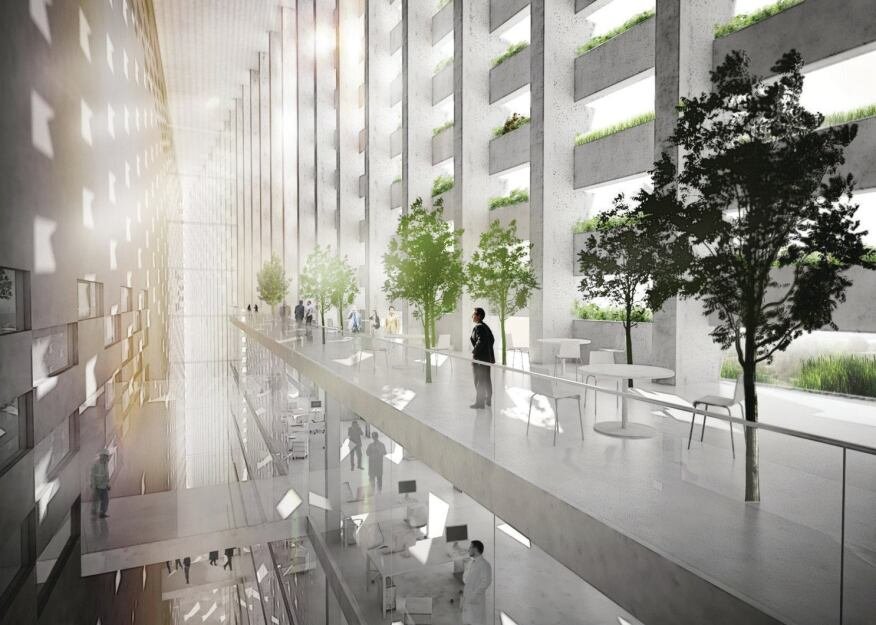
In 2020, CopenHill added a climbing wall – one of the reasons I’m so excited about the project.
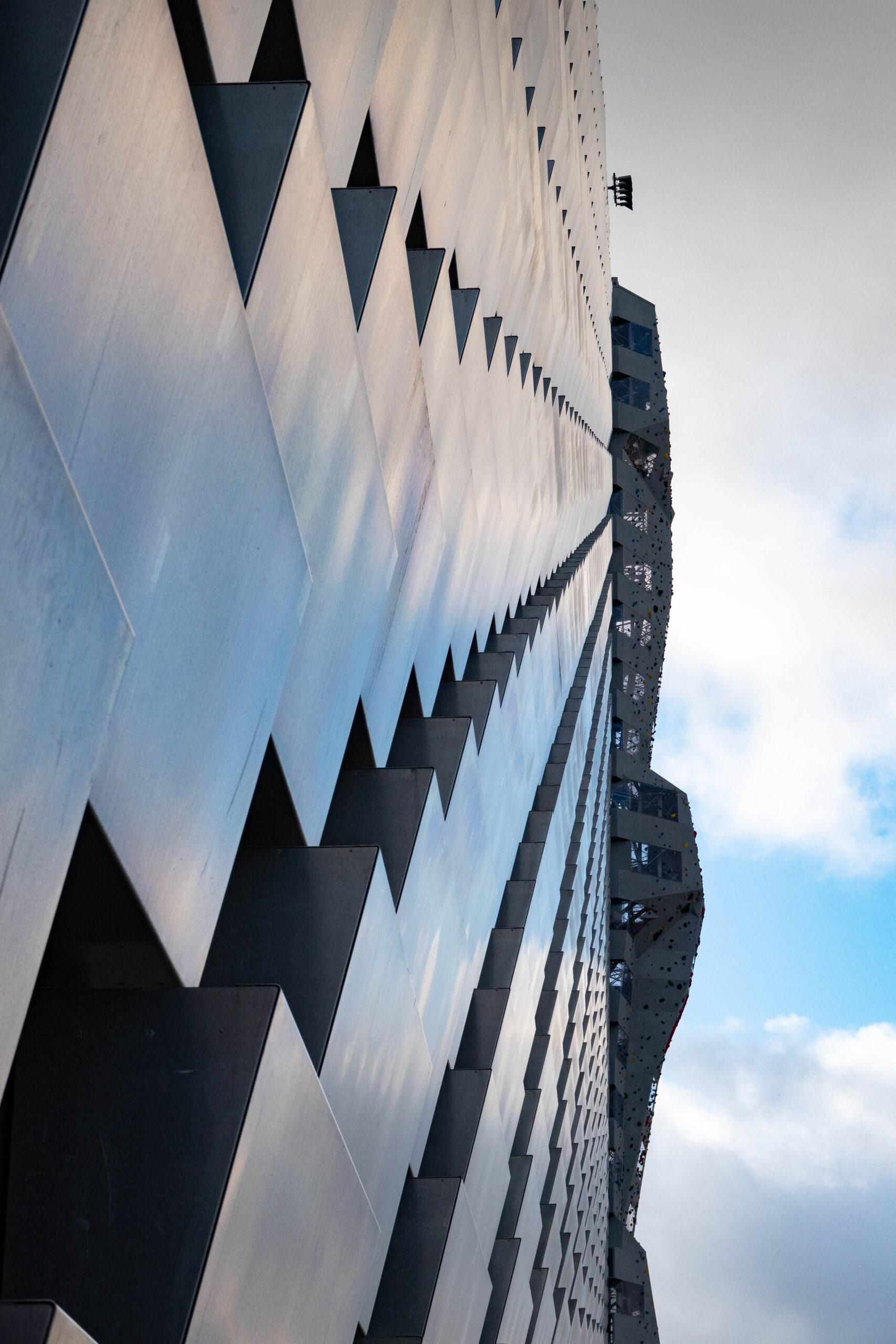
It’s the tallest artificial climbing wall in the world, standing at 85 metres.
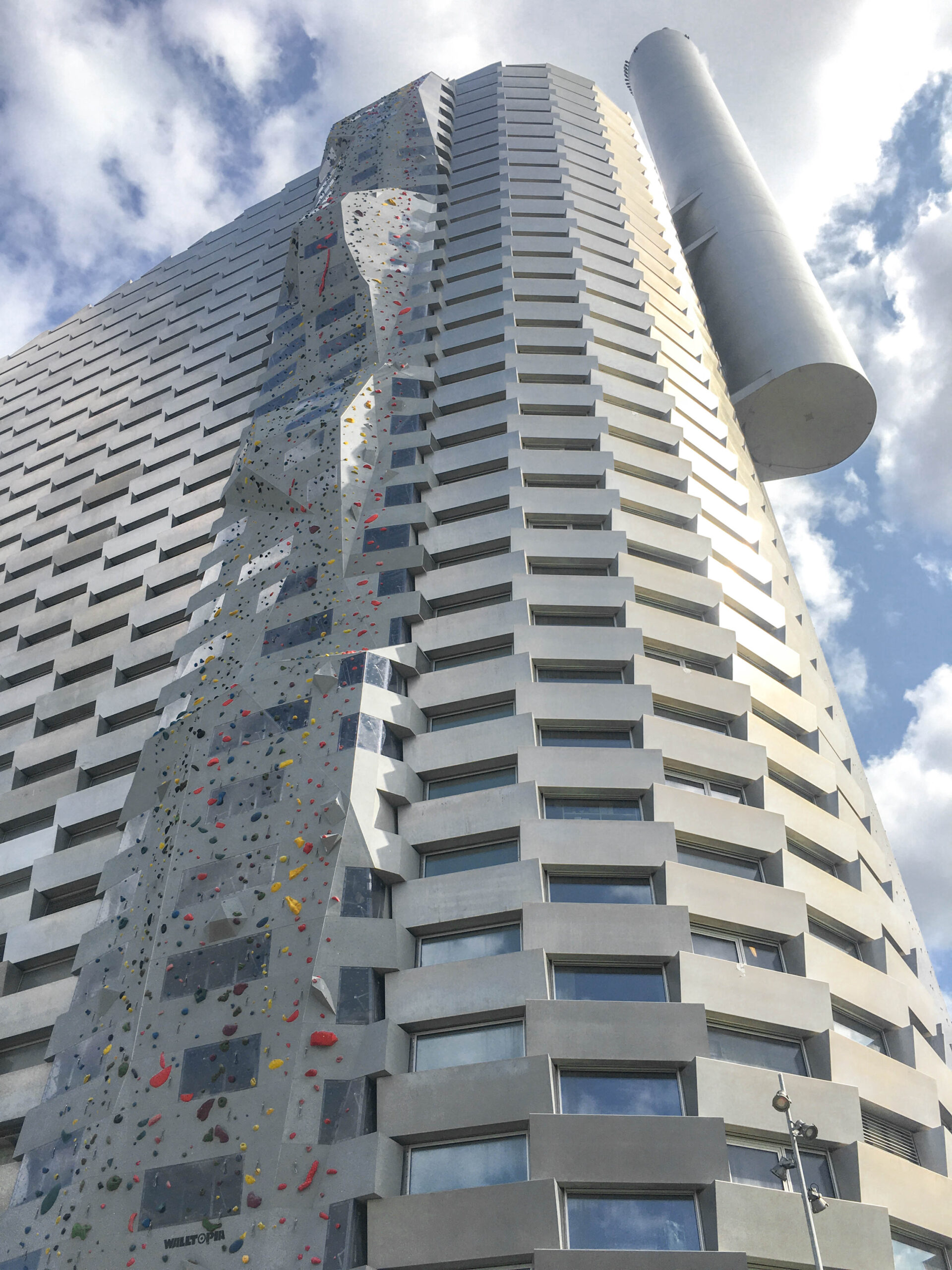
Due to the dizzying height, climbers are required to complete two or three special courses and obtain certificates proving their ability to climb multi-pitch routes.
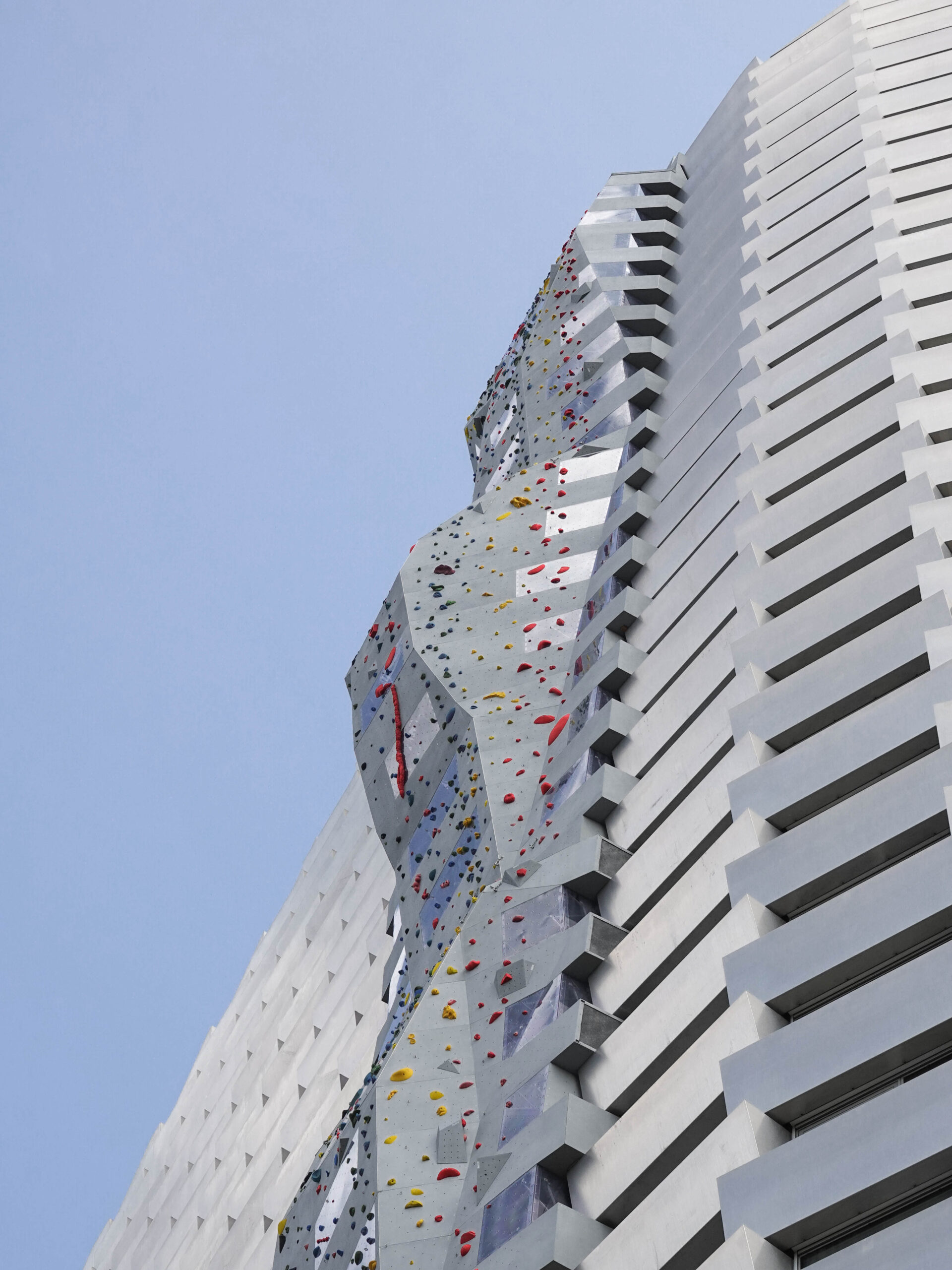
Definitely an unforgettable experience – though I haven’t tried it yet. Actually, I’m not even sure if it’s open to the public at the moment. There were rumours of falling debris from the wall posing a risk to passers-by.
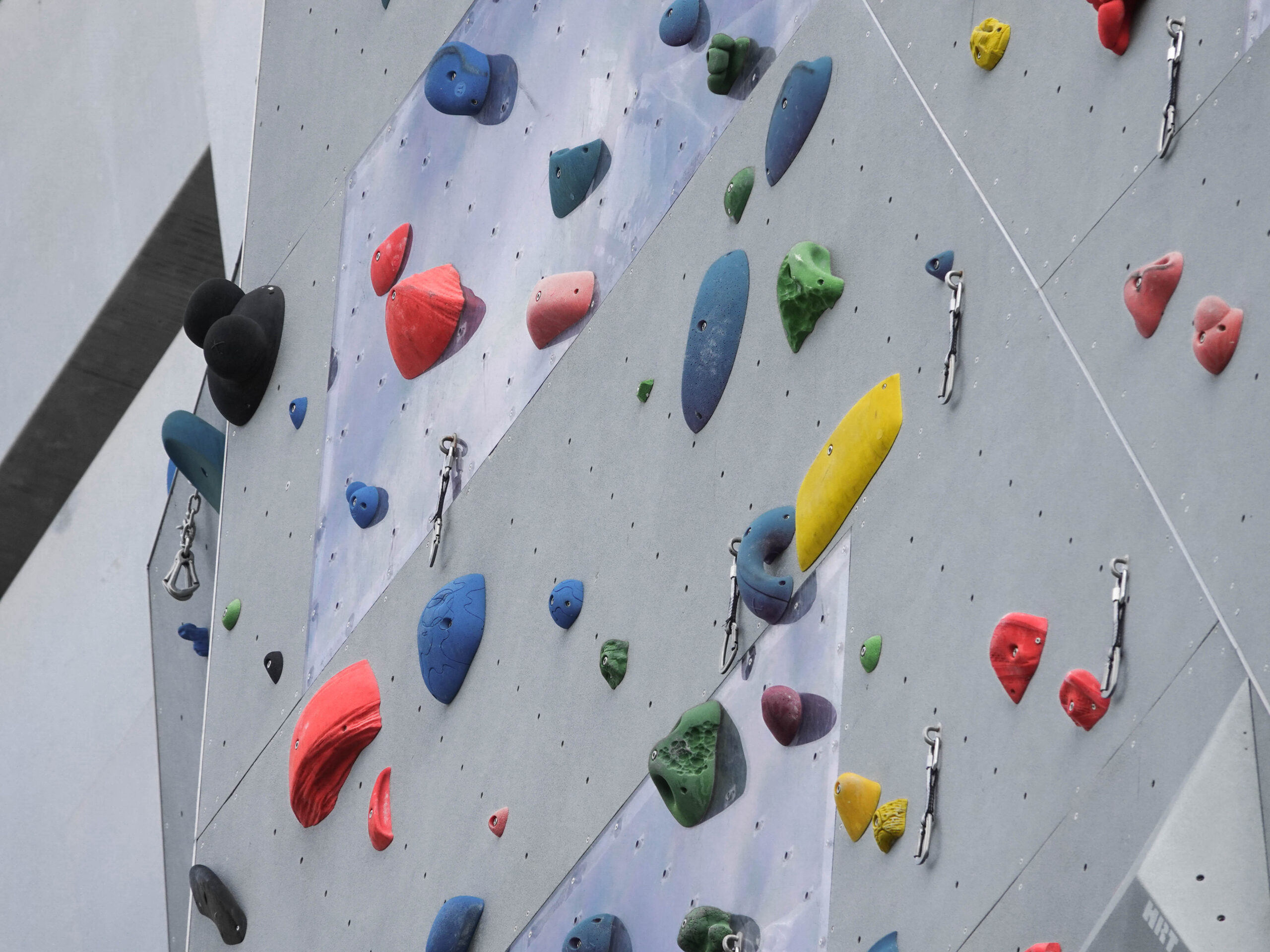
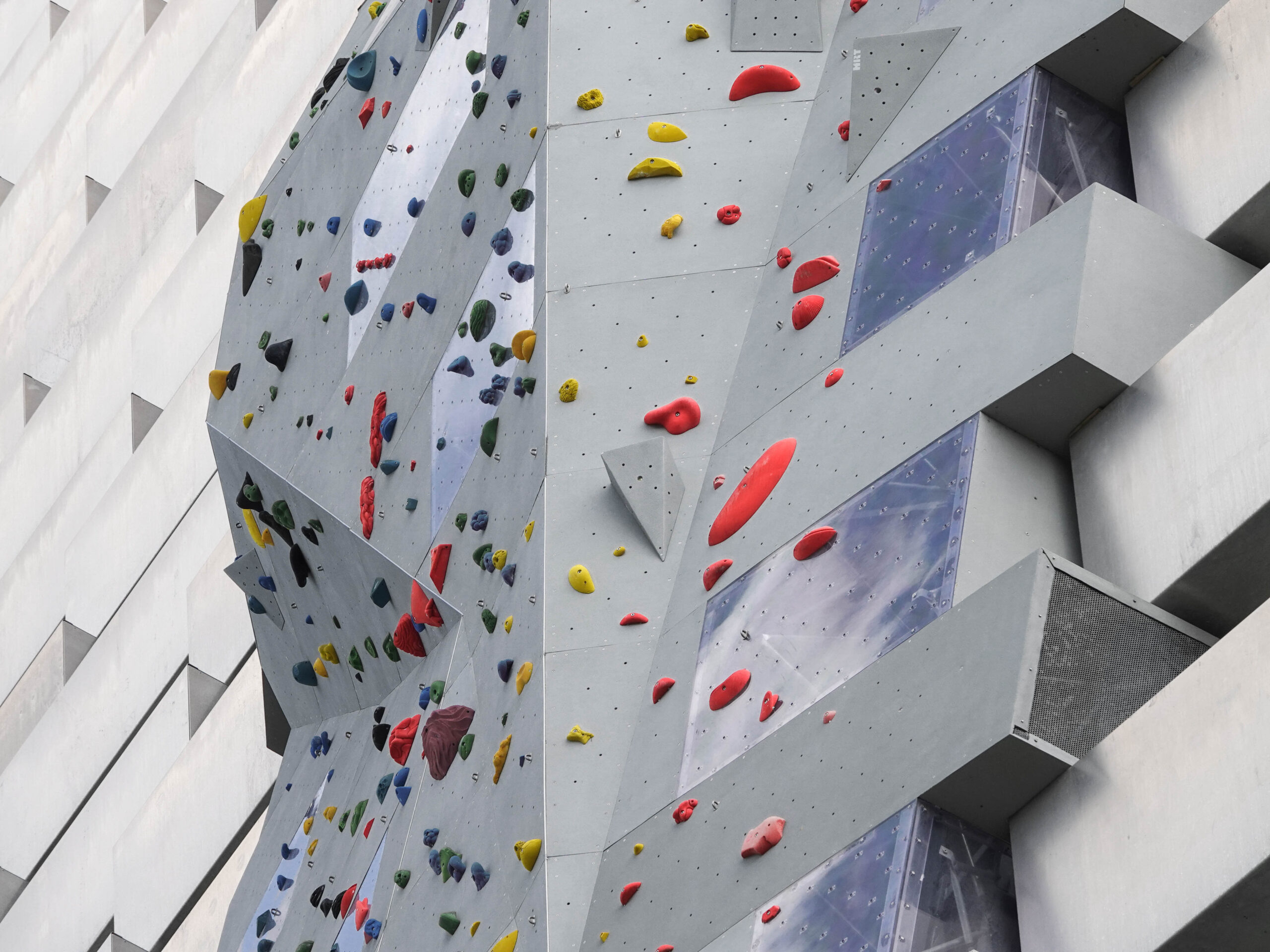
The difficulty level is quite high – after 85 metres, your body is definitely close to its limits.
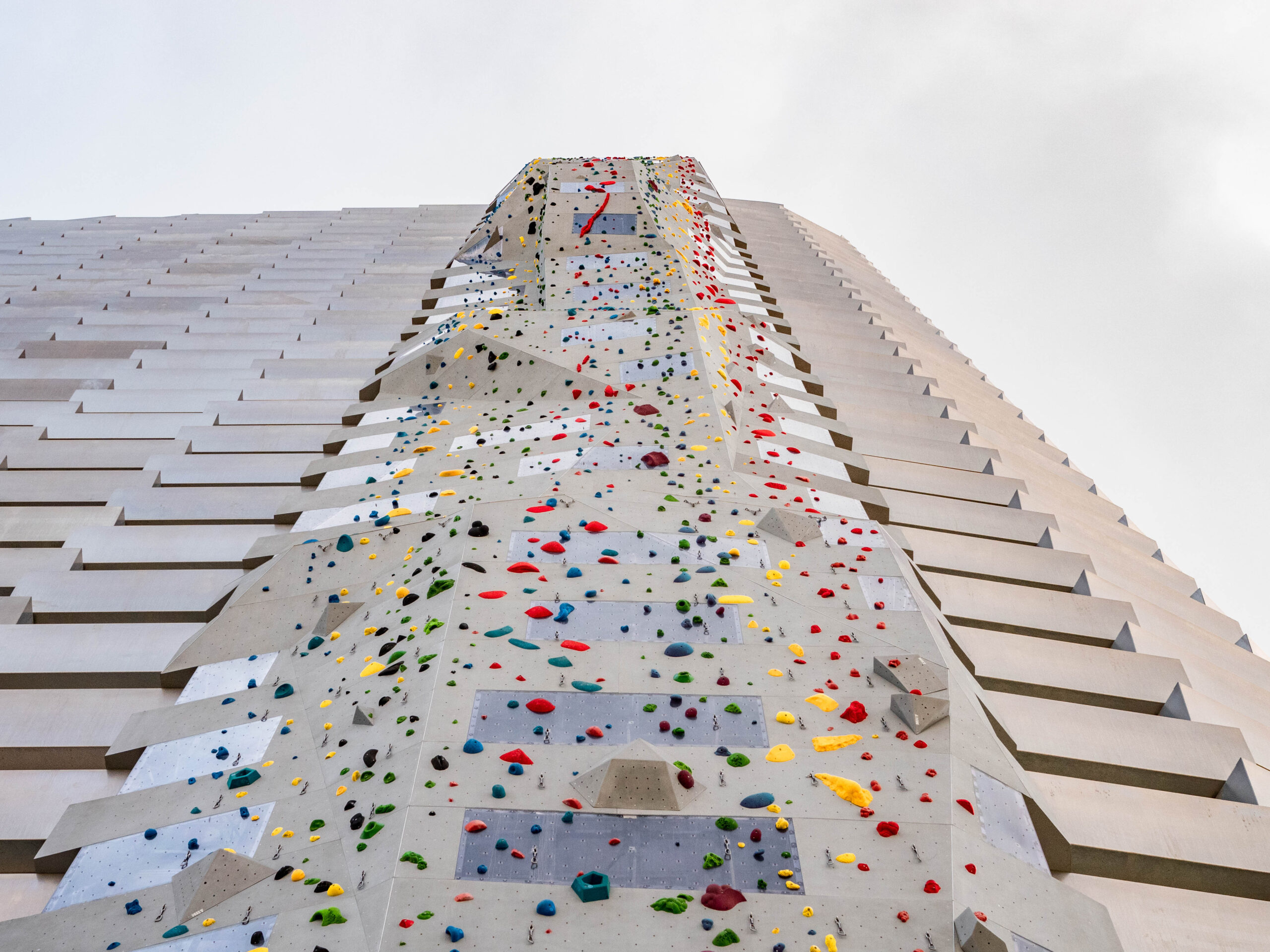
CopenHill is best known for its 450-metre-long and 60-metre-wide ski slope that runs from the rooftop to the base of the building. The aim? To create a mini Alpine holiday – complete with skiing, a summit snack break with a view, and finishing off the day at the après-ski bar and café at the bottom.
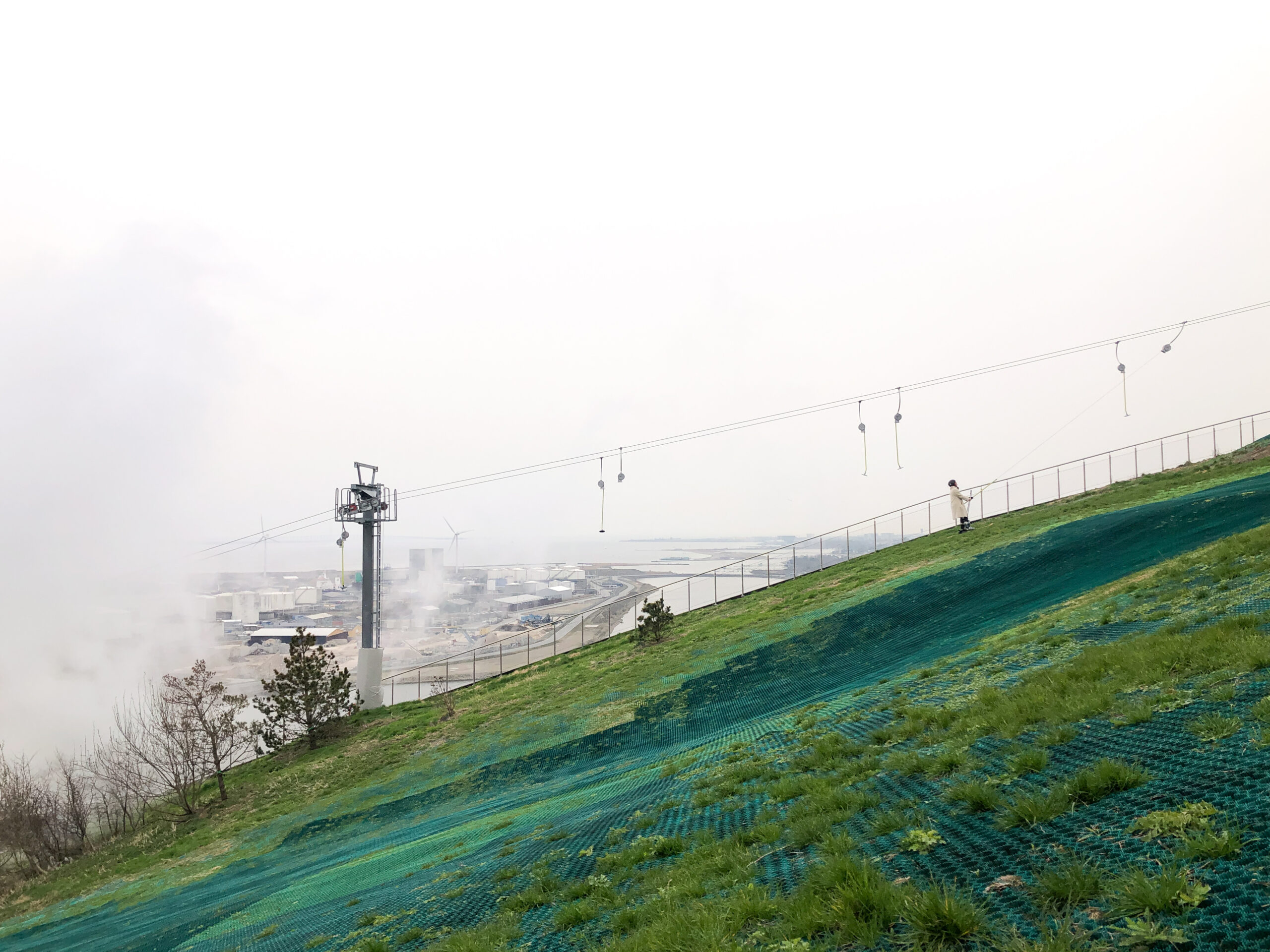
There’s usually no snow in Copenhagen – not even in winter – but that doesn’t stop the skiing. The entire slope is covered in neveplast, a green plastic surface that mimics the qualities of snow and enables skiing all year round.
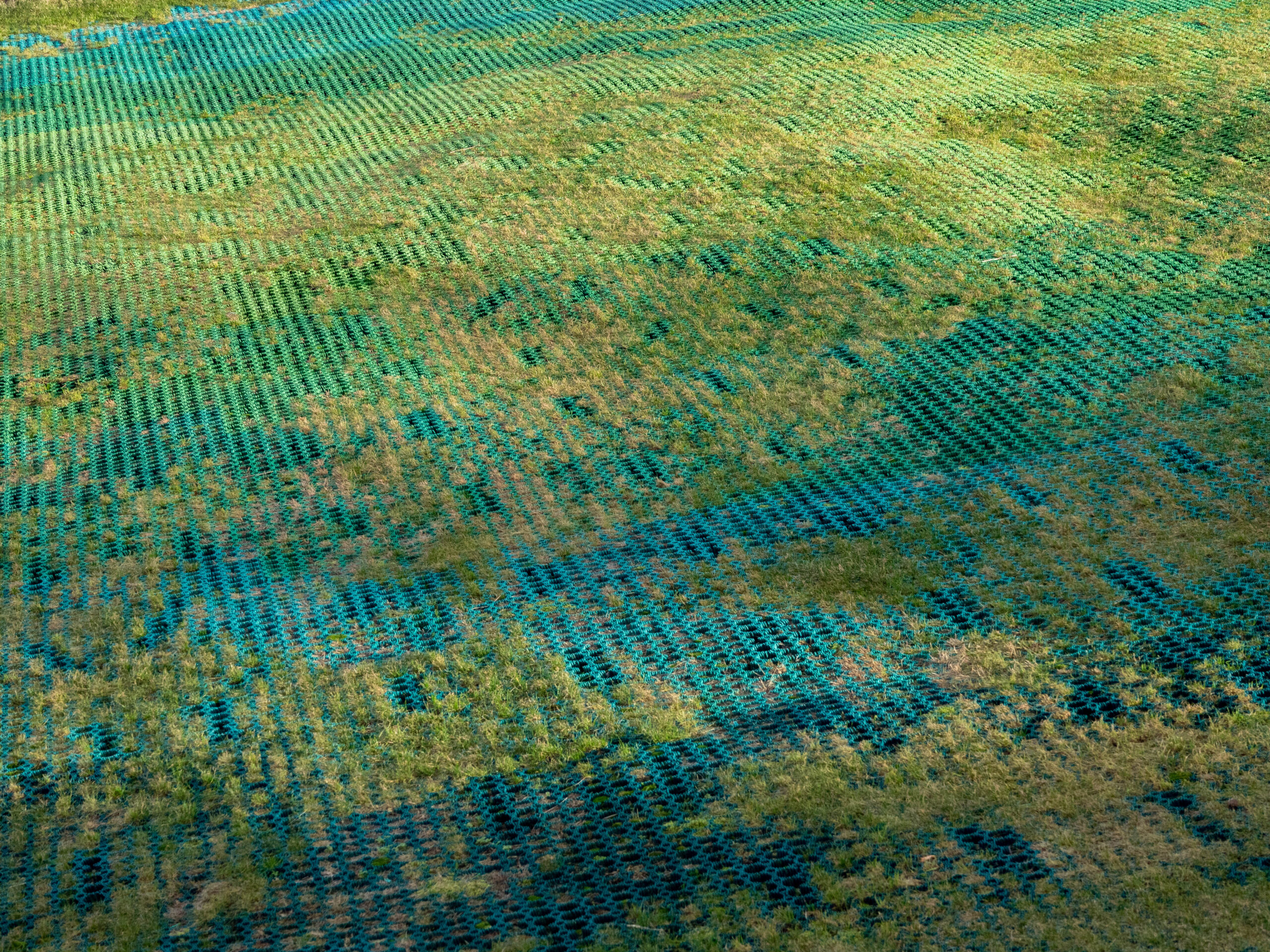
You can get to the top using three magic carpets and one button lift.
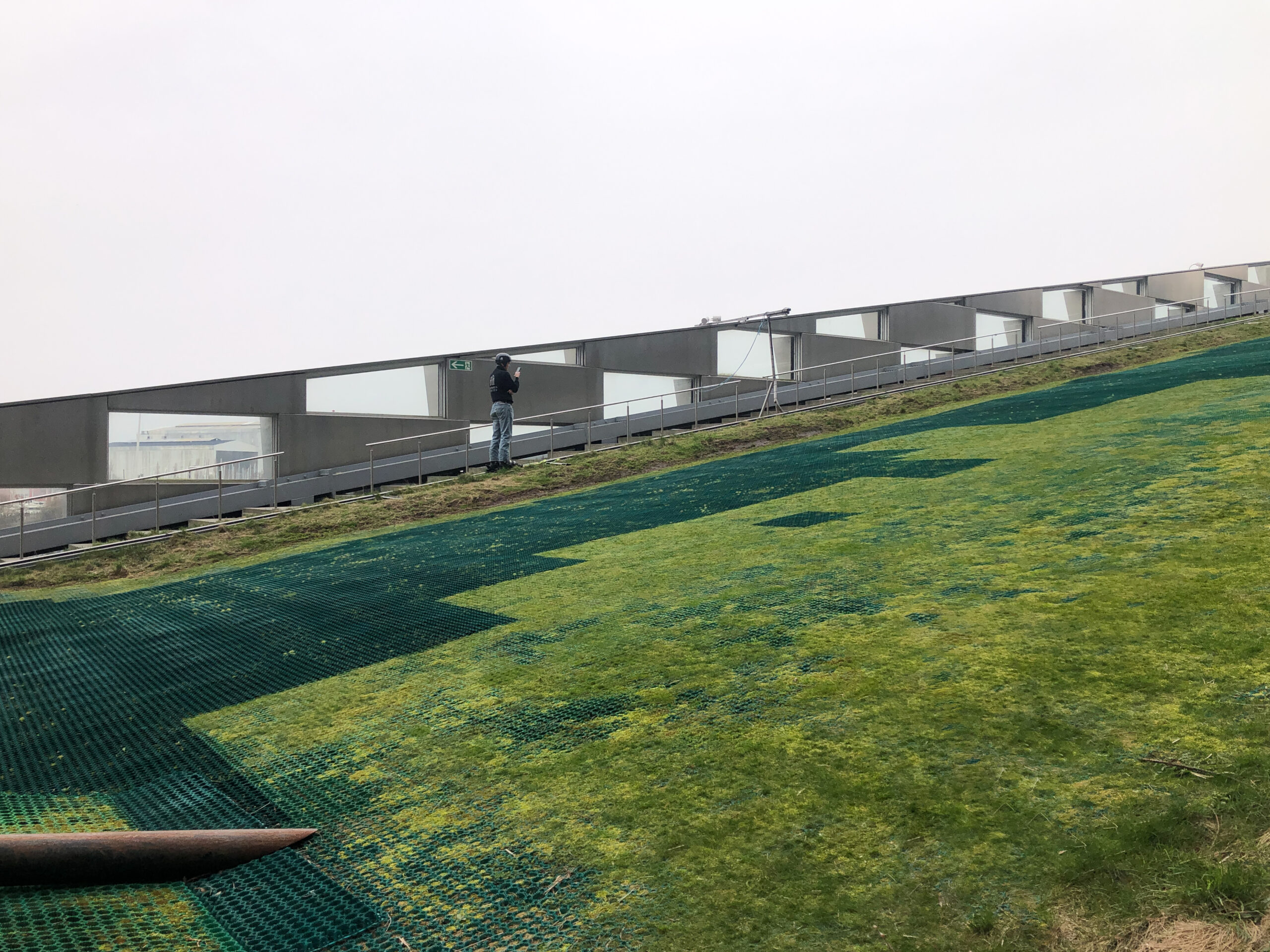
Skiers say it takes a bit of getting used to, but once you get the hang of it, it’s lots of fun. Some say it feels a bit like skiing on ice.
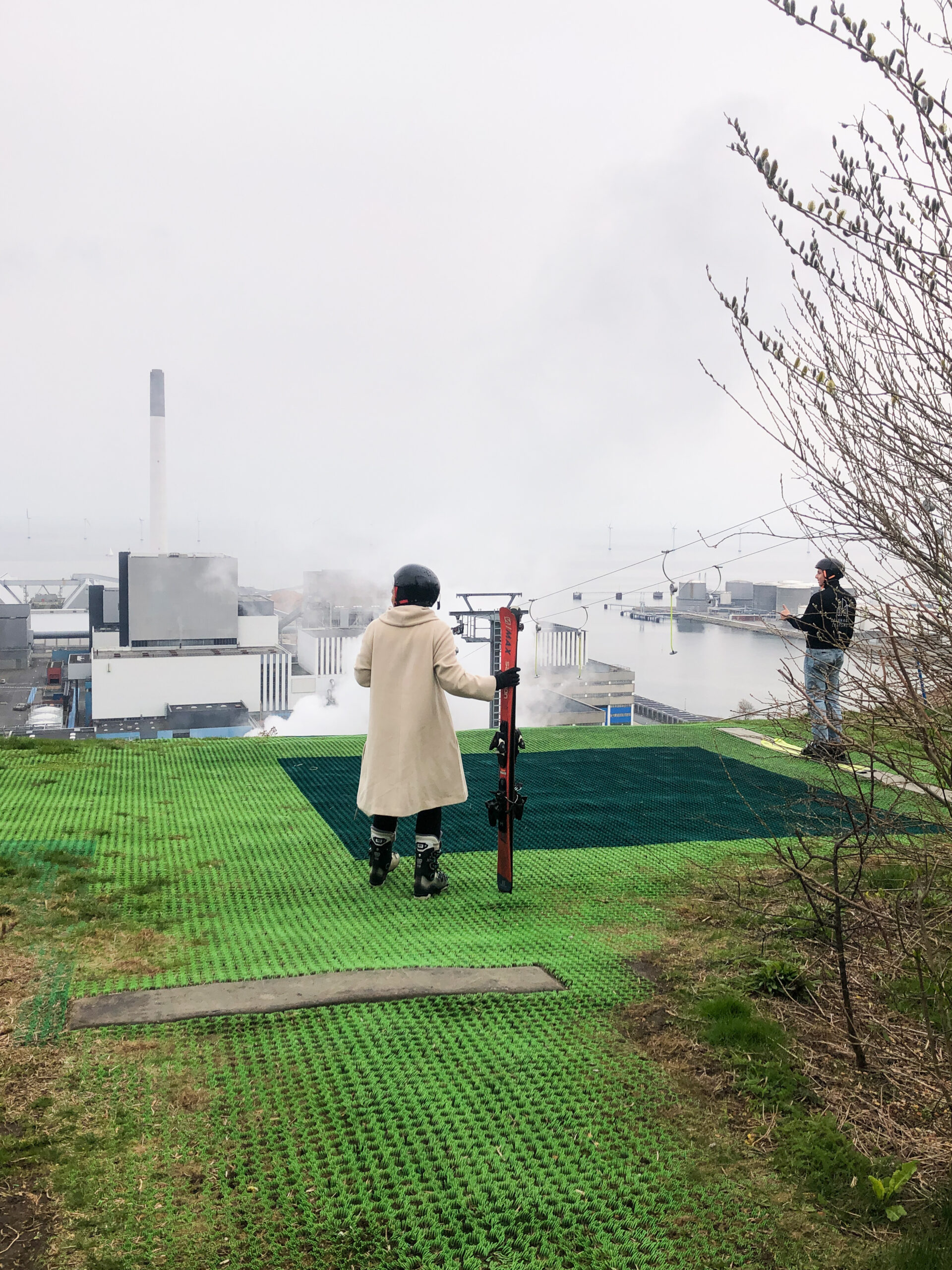
It’s apparently the steepest slope of its kind, with gradients reaching up to 45%, which makes anchoring soil and other elements quite tricky.
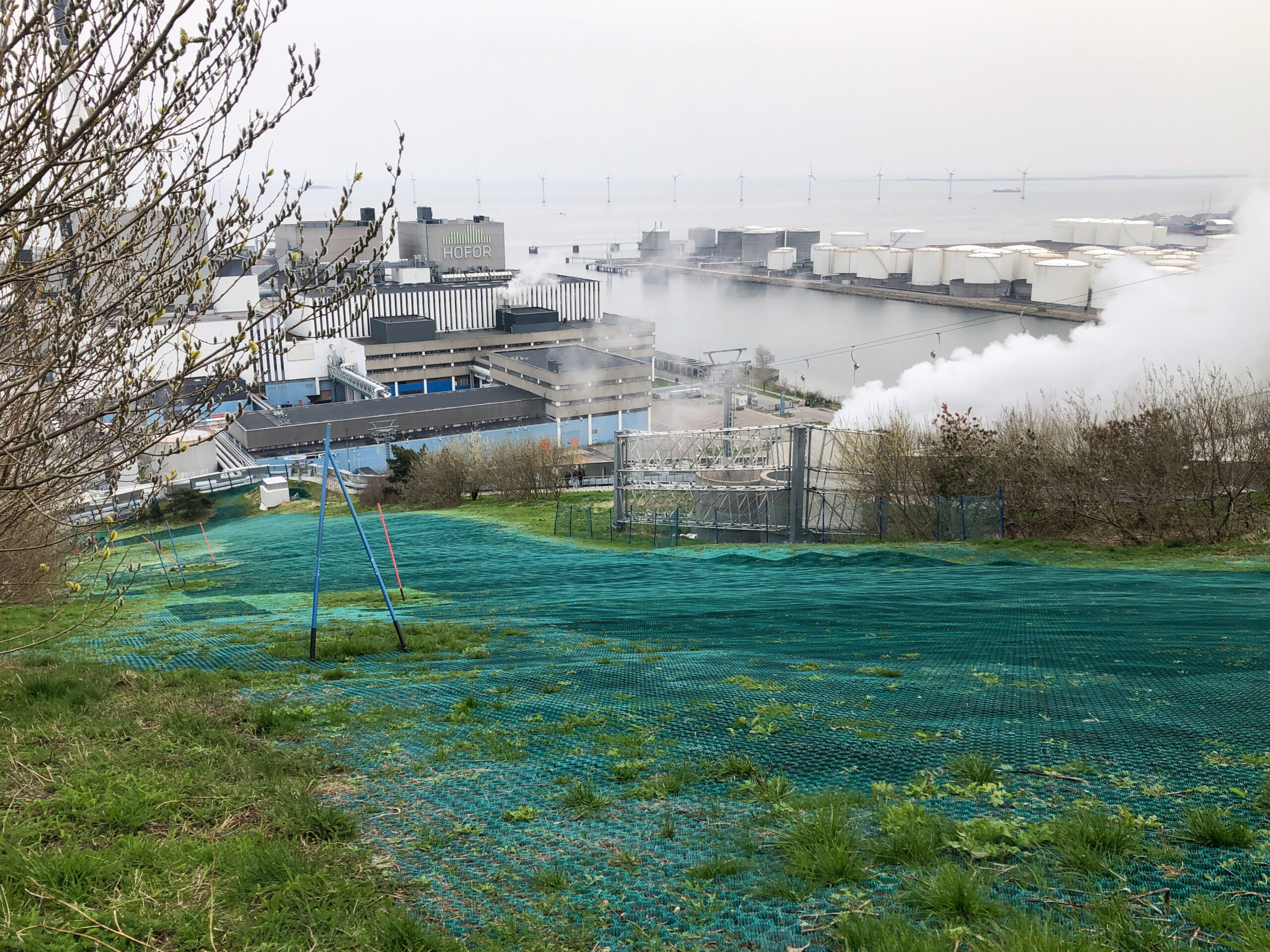
The upper section is for experienced skiers, while the middle and lower parts (pictured below) are suitable for beginners and children.
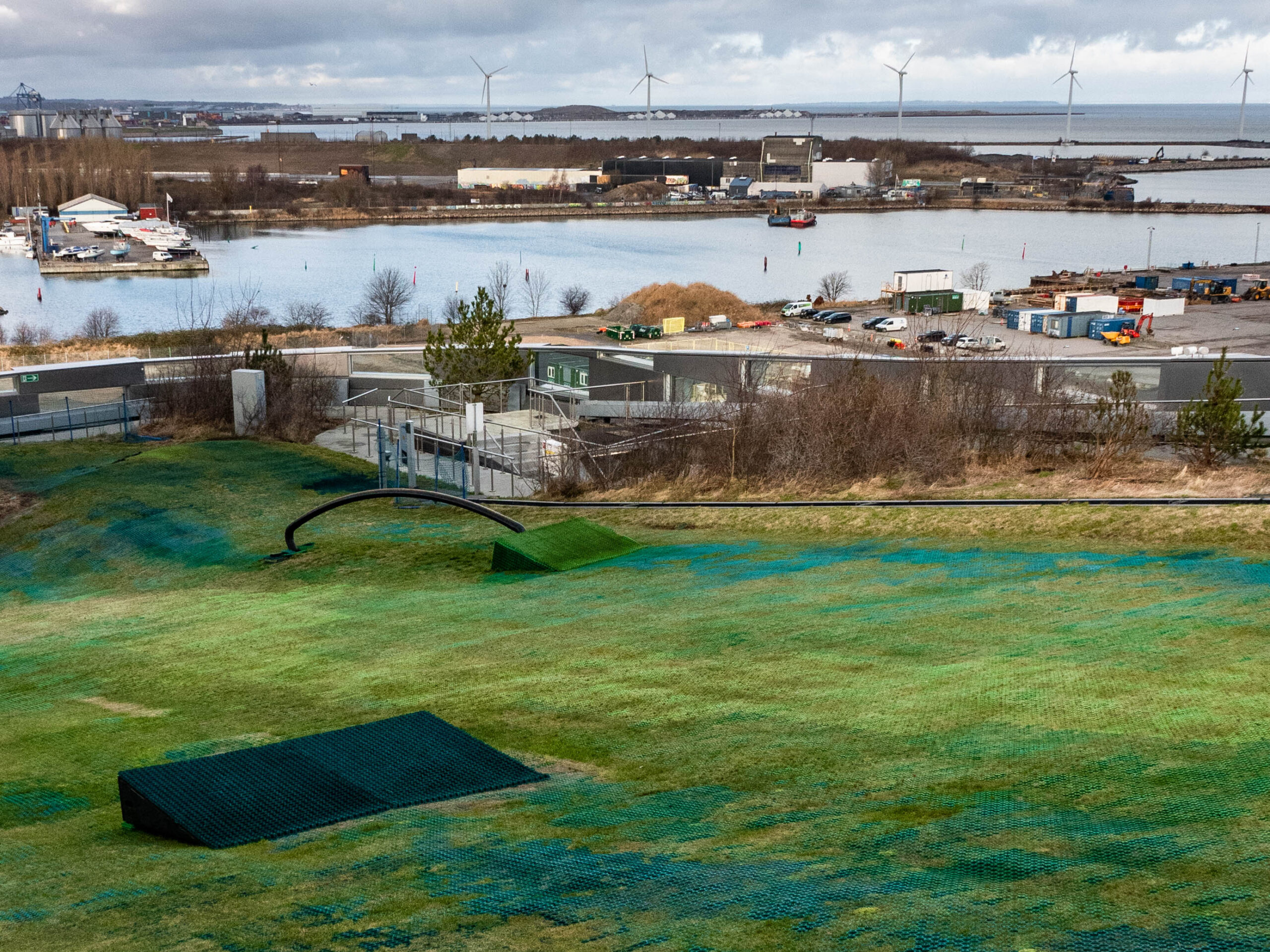
The slope includes a slalom area, a freestyle section and a kids’ park – something for everyone.
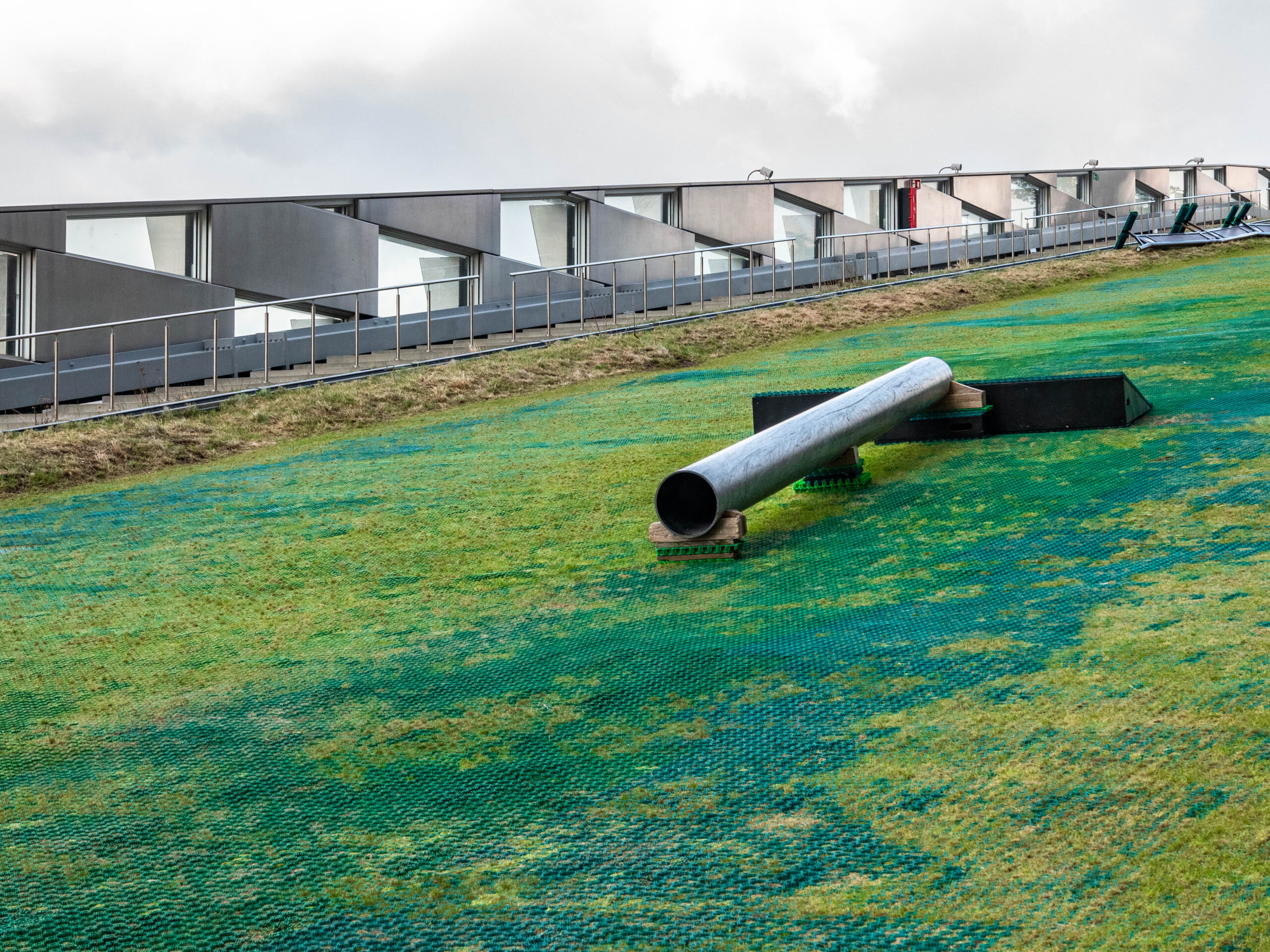
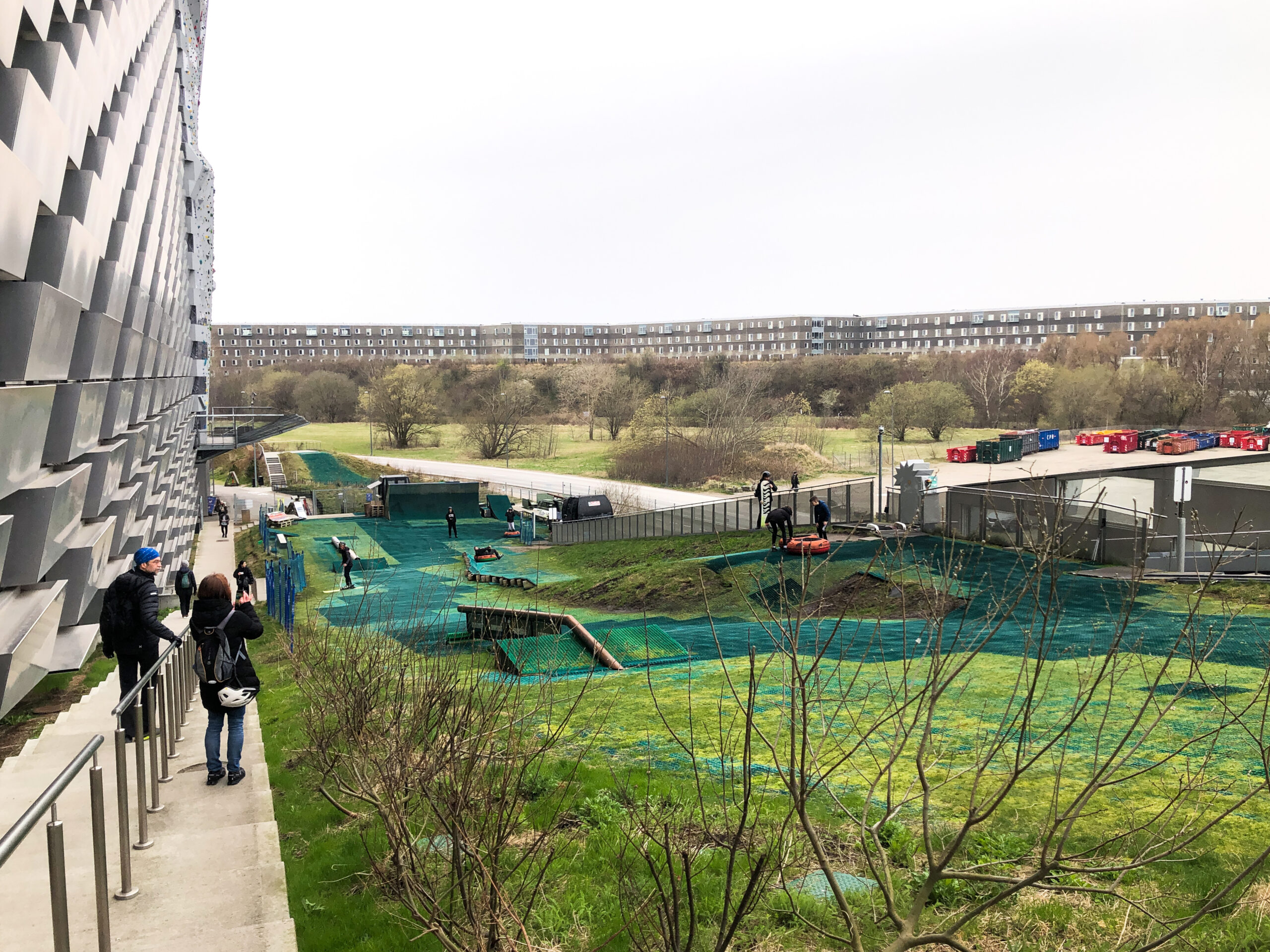
Here’s a short summary of the skiing experience at CopenHill:
You don’t have to ski to enjoy CopenHill. Anyone can reach the top – either by lift, which also gives a peek inside the building, or on foot. A 500-metre staircase winds along the sides of the slope, giving visitors great views over the city and the chance to cheer on skiers during races.
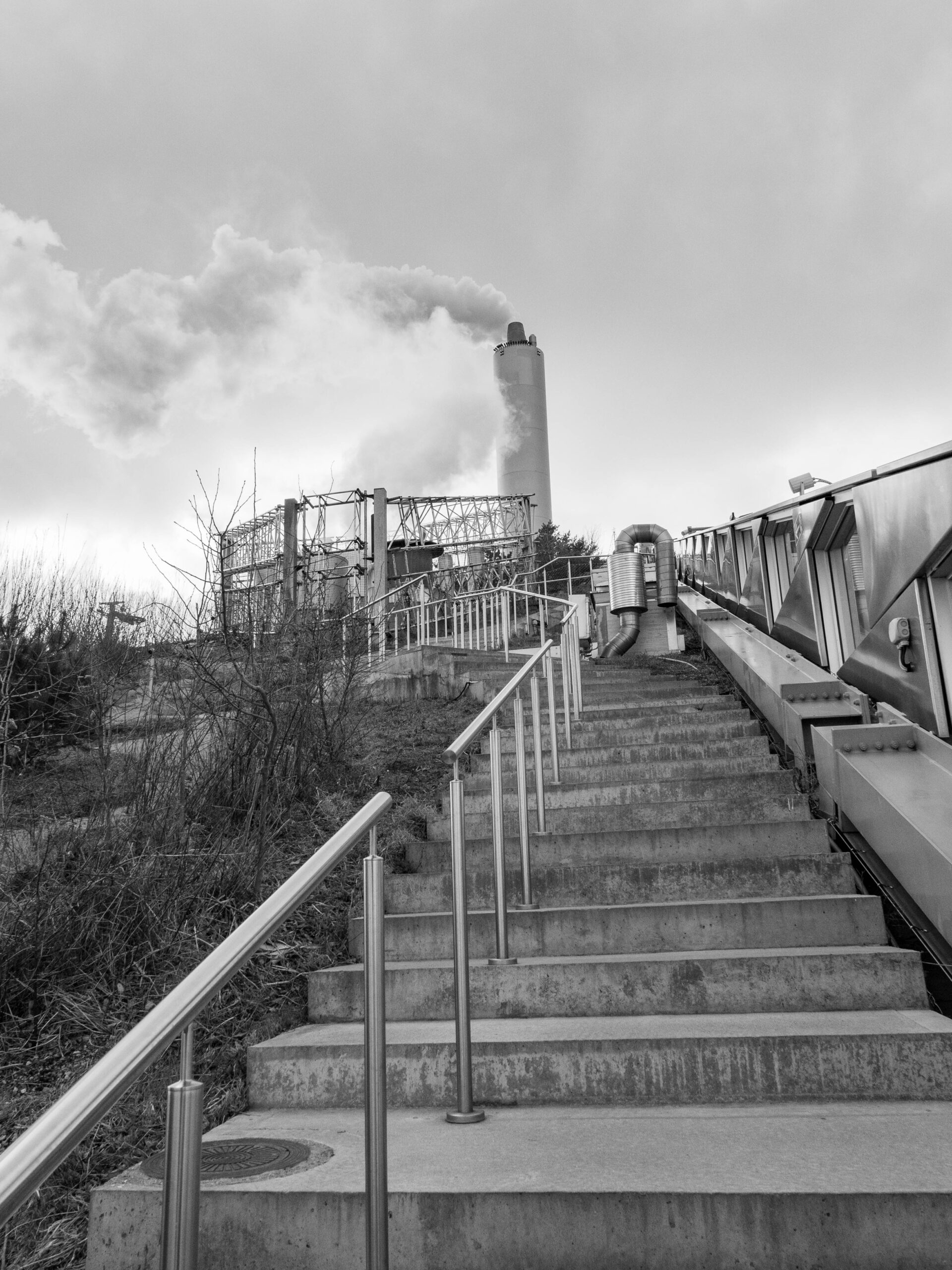
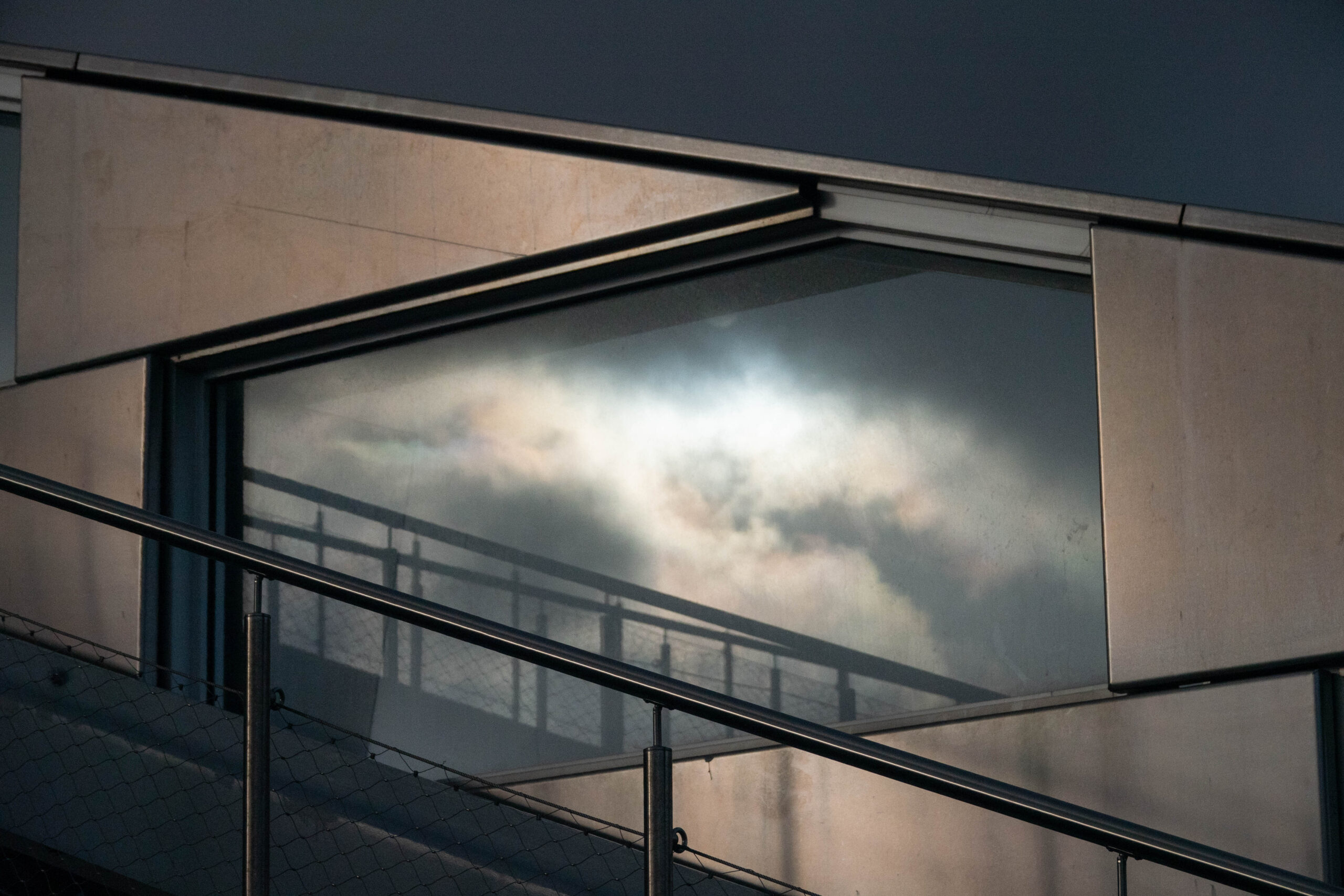
Next to the slope is a small urban park with winding trails, usually buzzing with runners, especially those puffing their way up the steep incline.
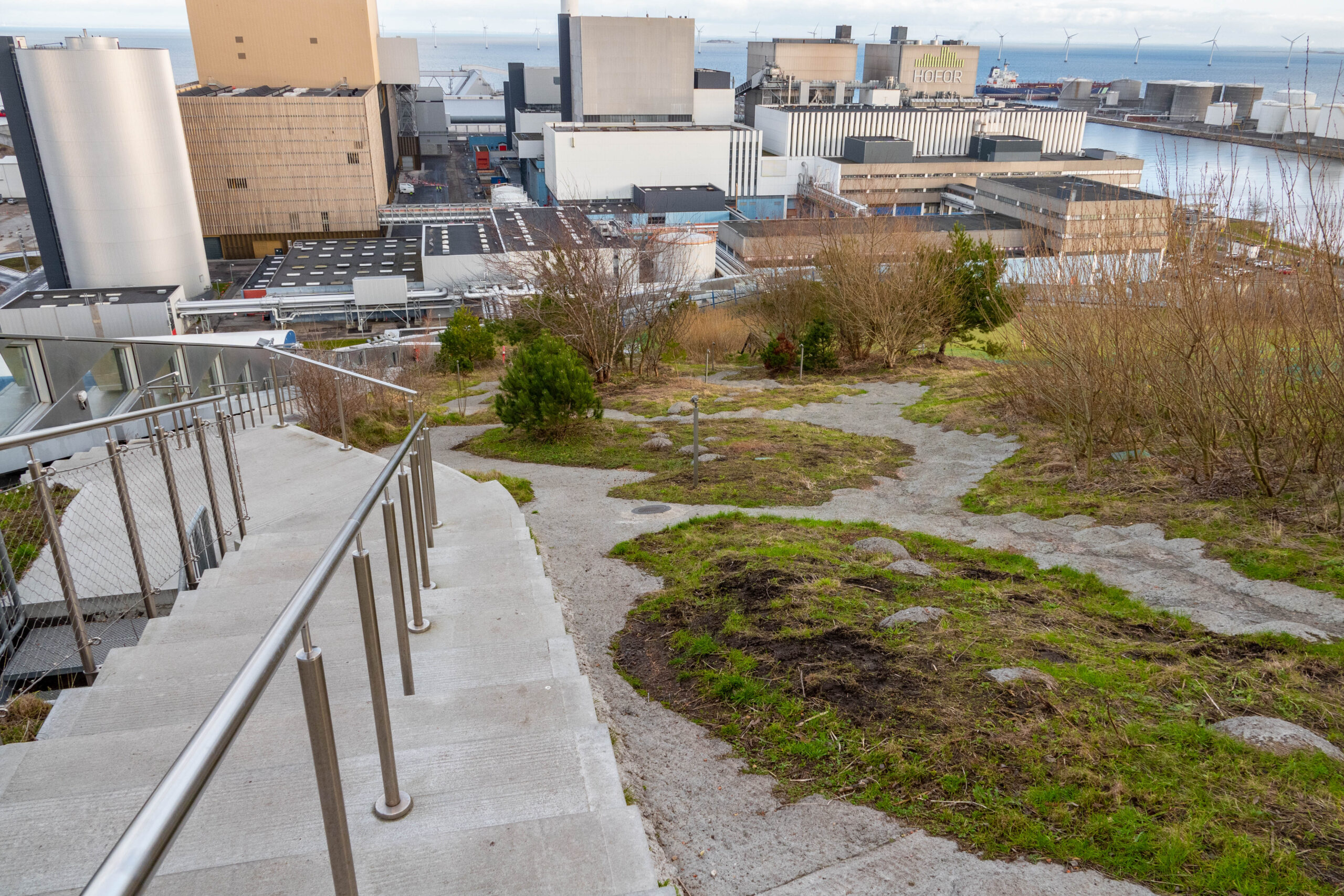
There’s also a “lush garden” (when it’s not winter), home to various plants and animals. It absorbs heat, filters harmful particles from the air and helps manage rainwater runoff – a rare little oasis in the urban landscape.
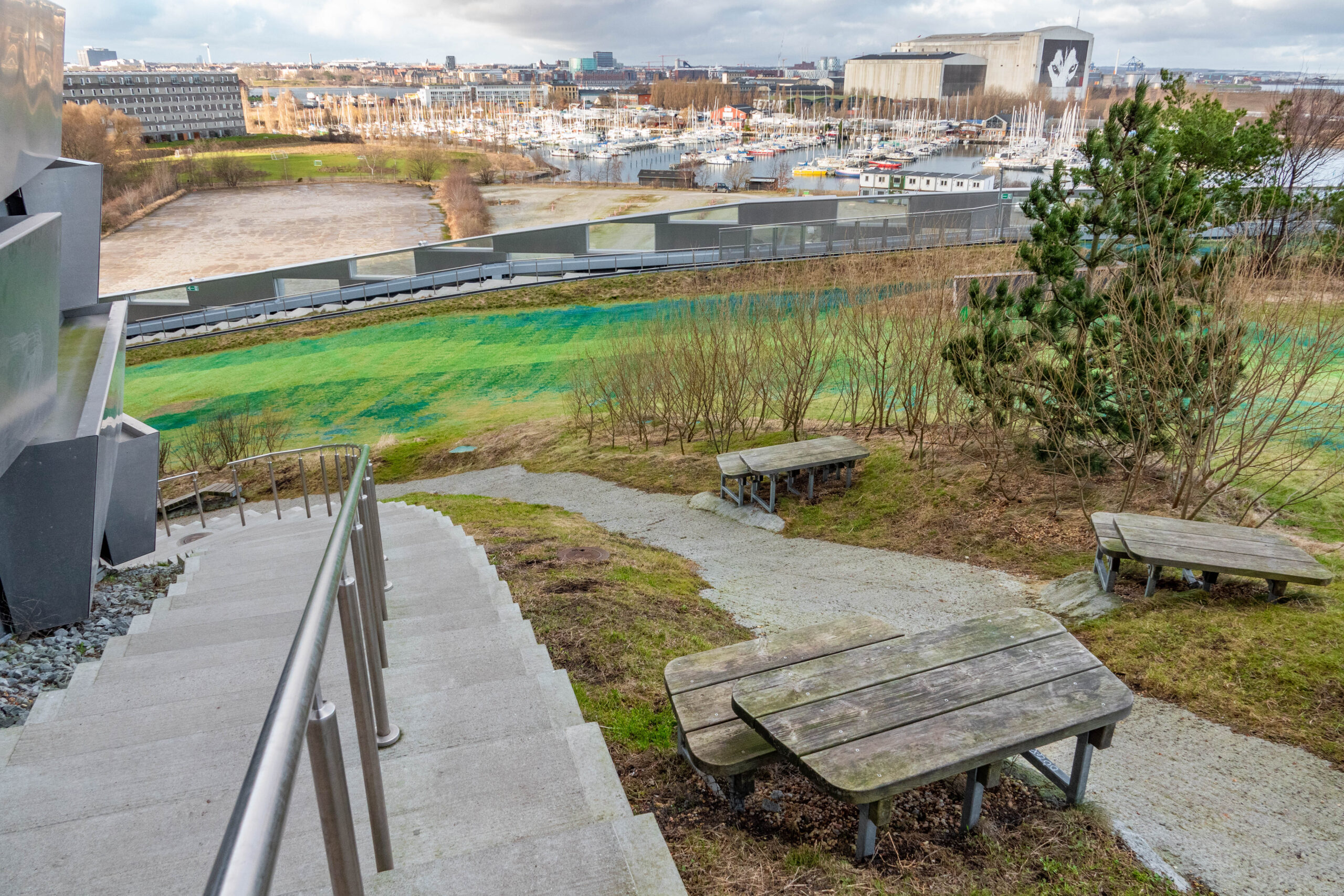
On a clear day, the view from the summit stretches across the entire city – you can even spot the Swedish coast, islands between Denmark and Sweden, and the iconic bridge connecting the two countries.
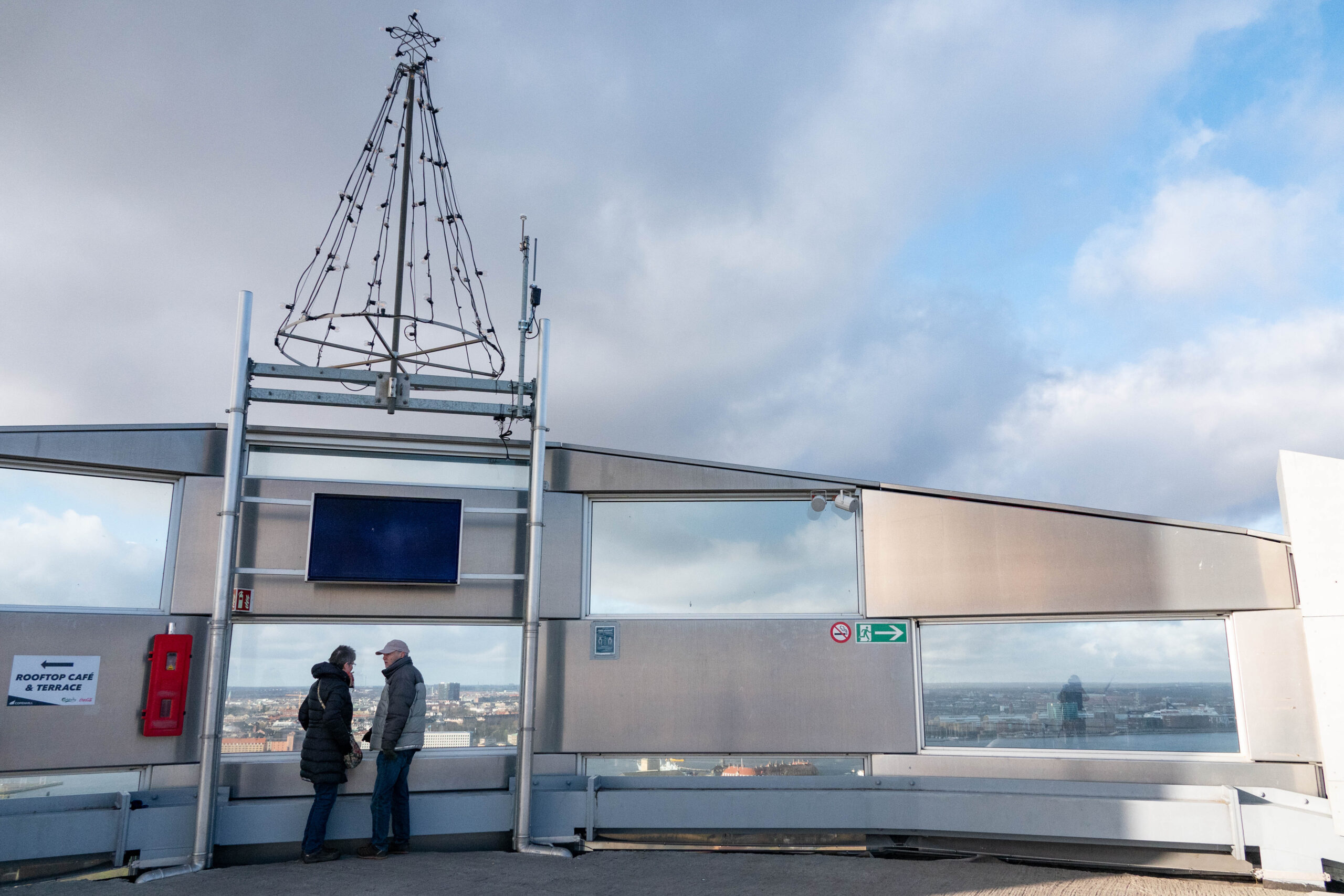
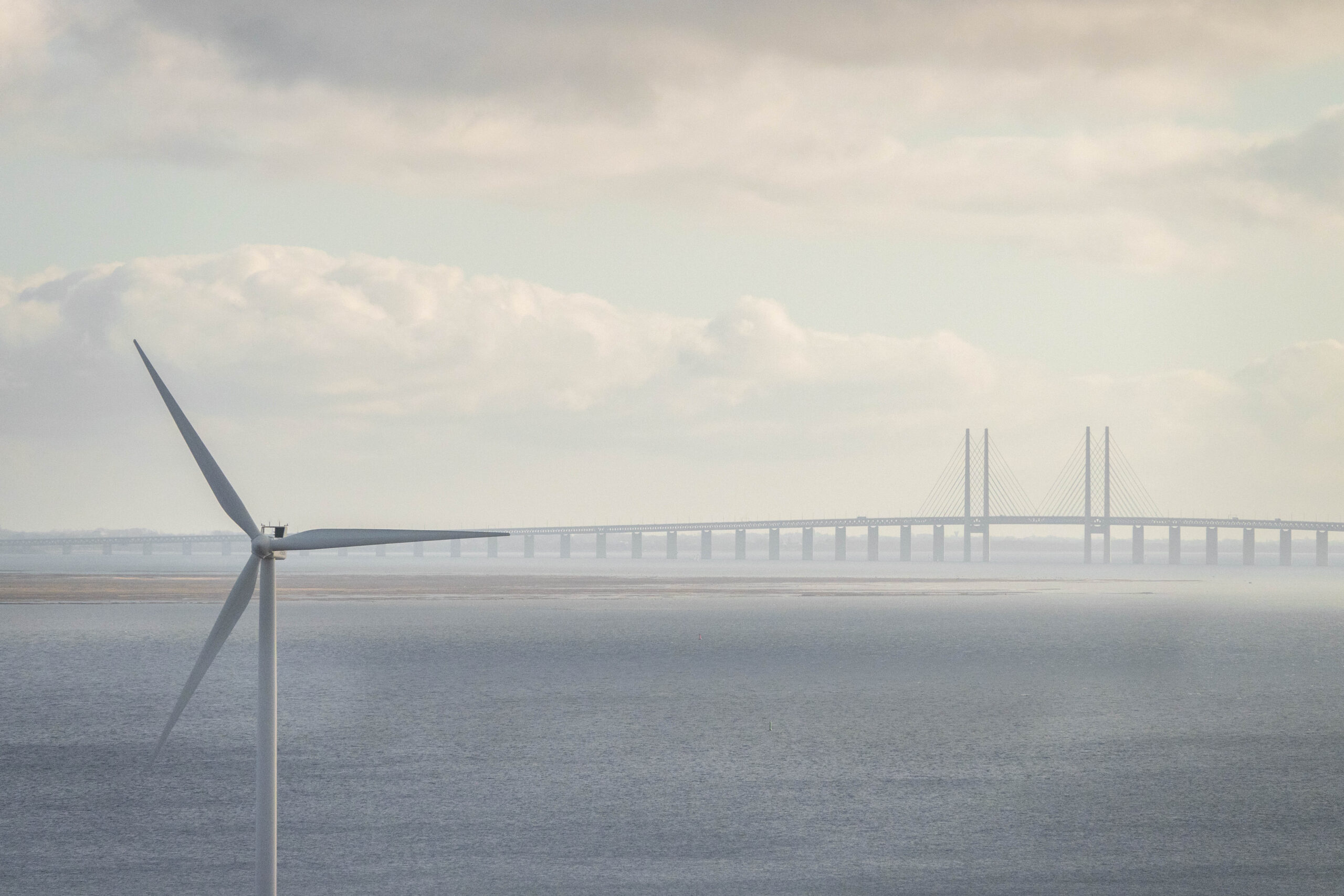
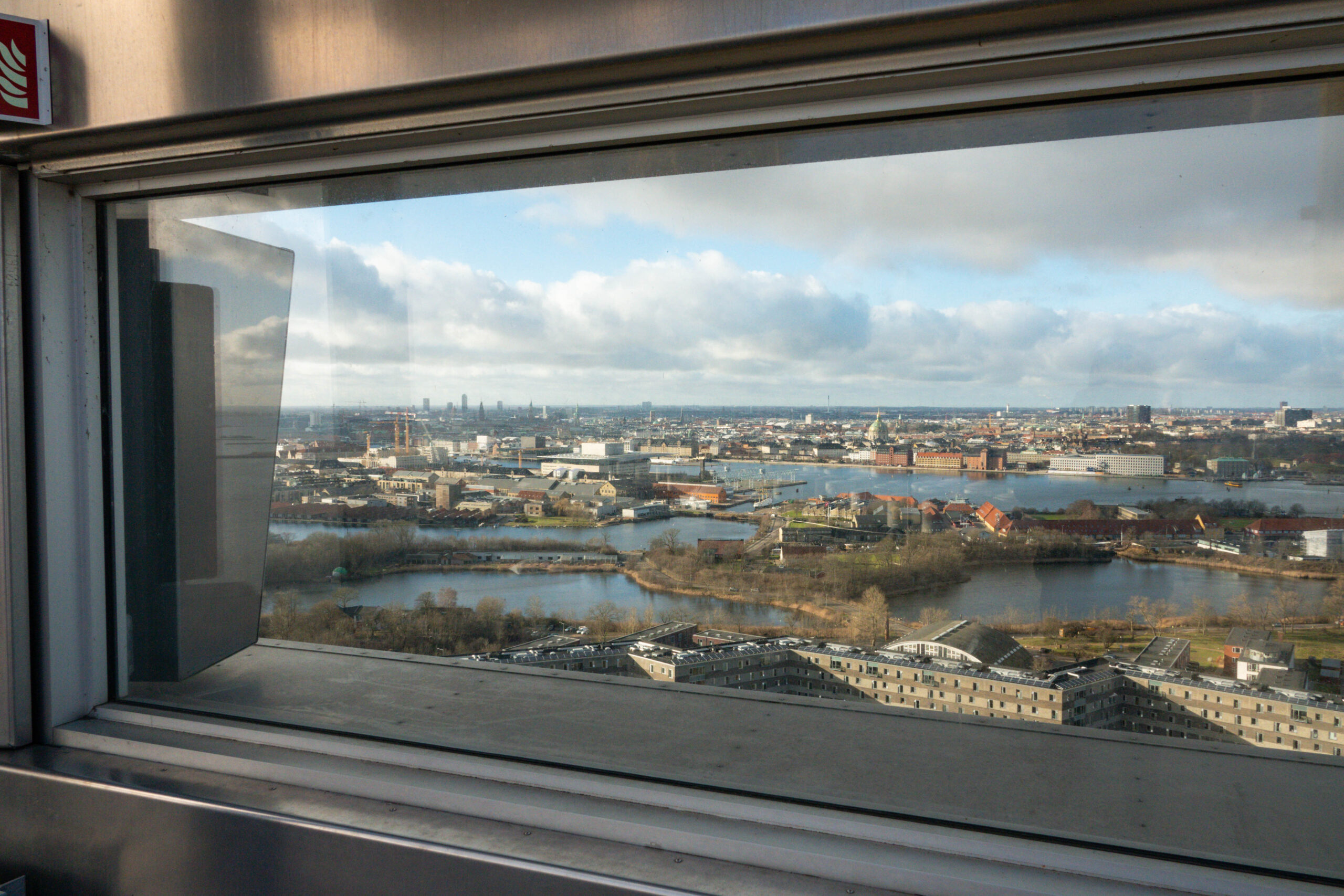
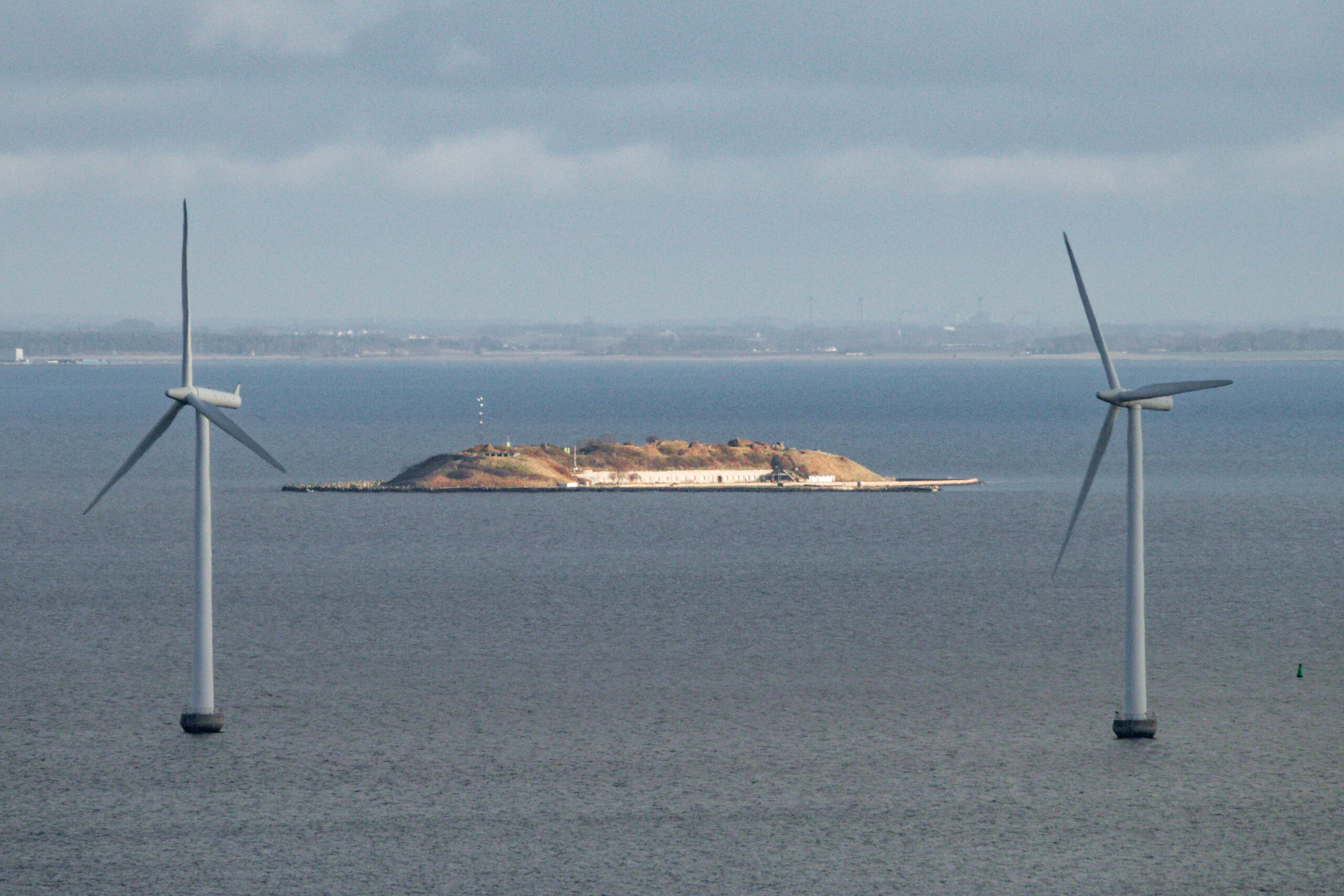
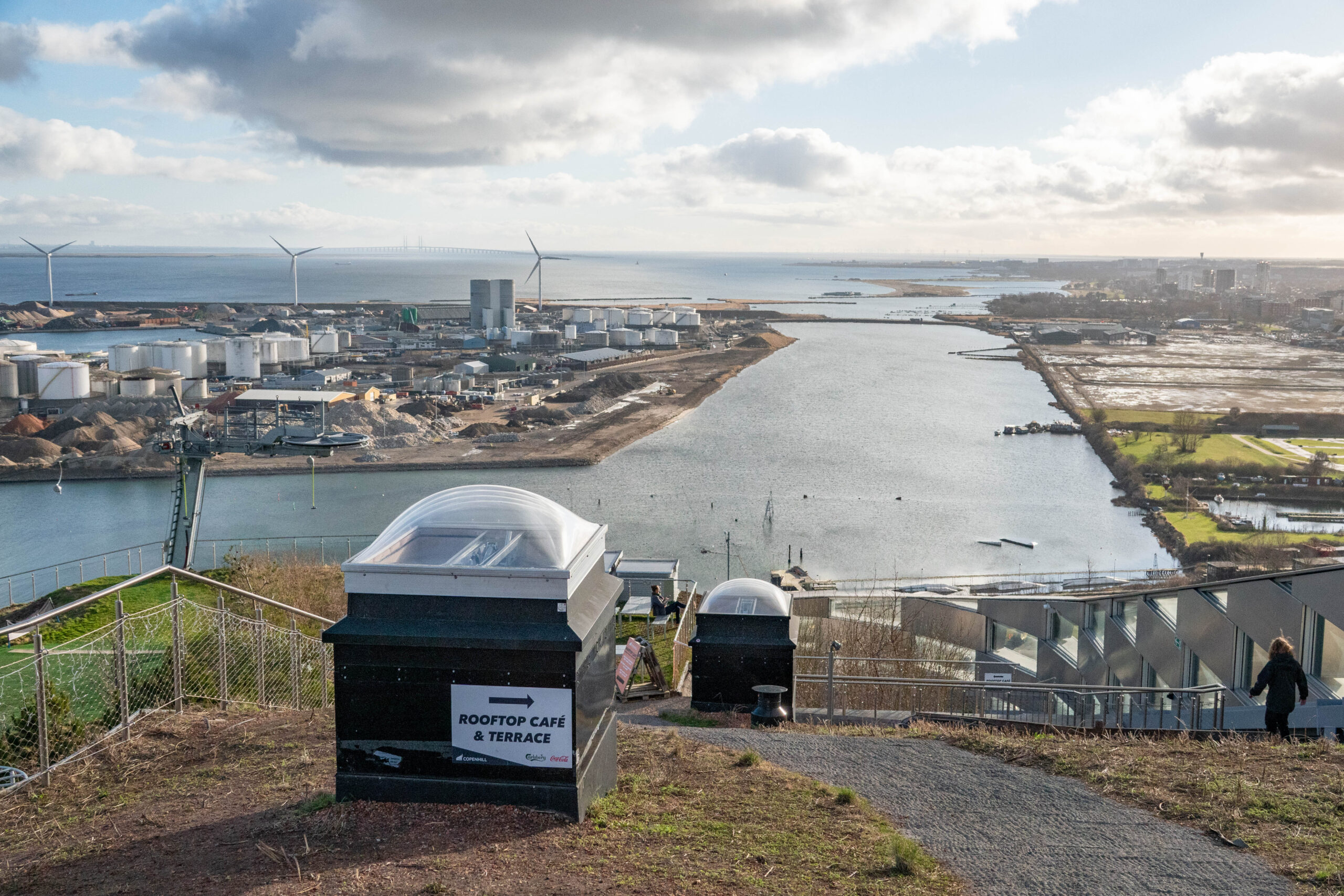
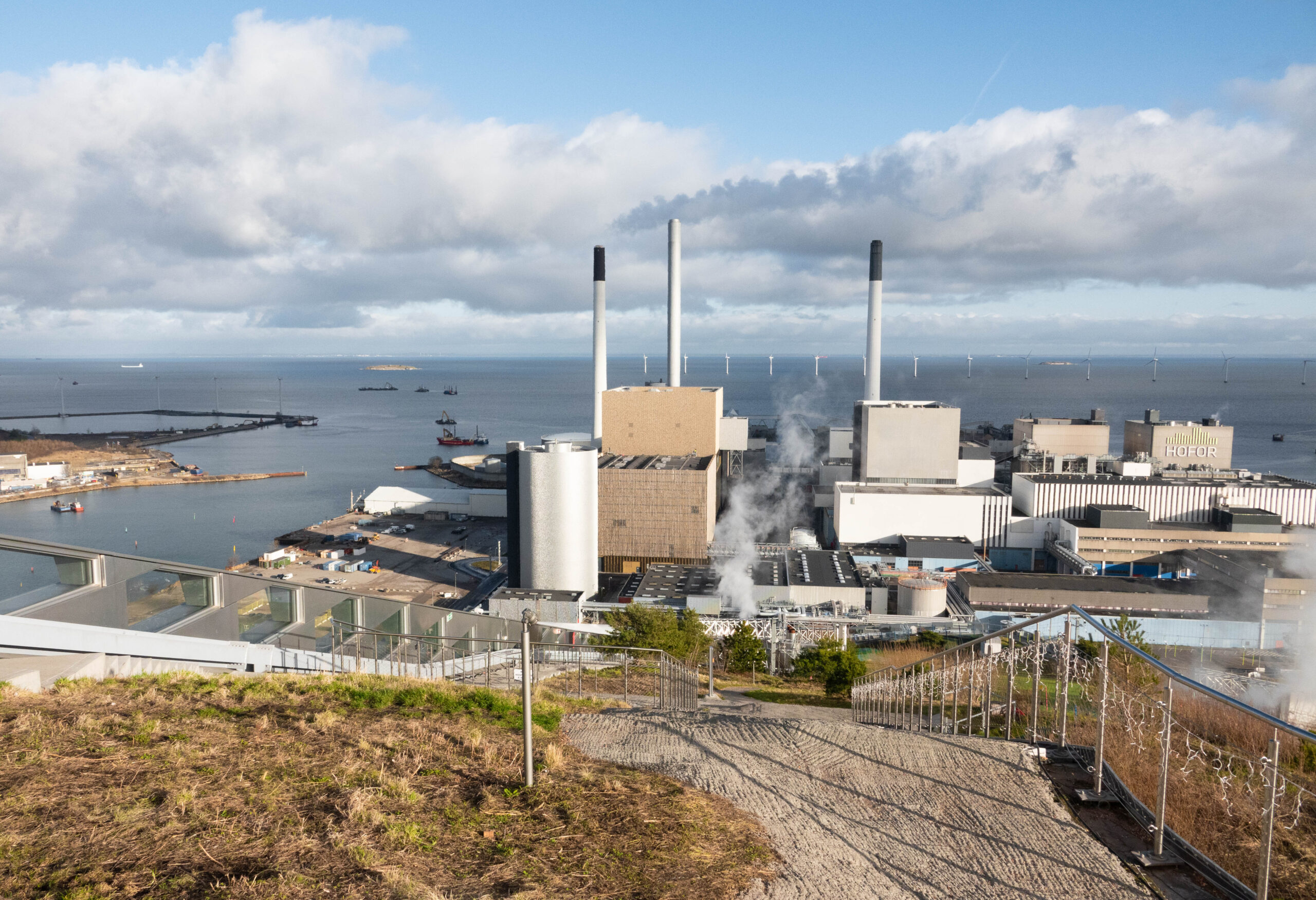
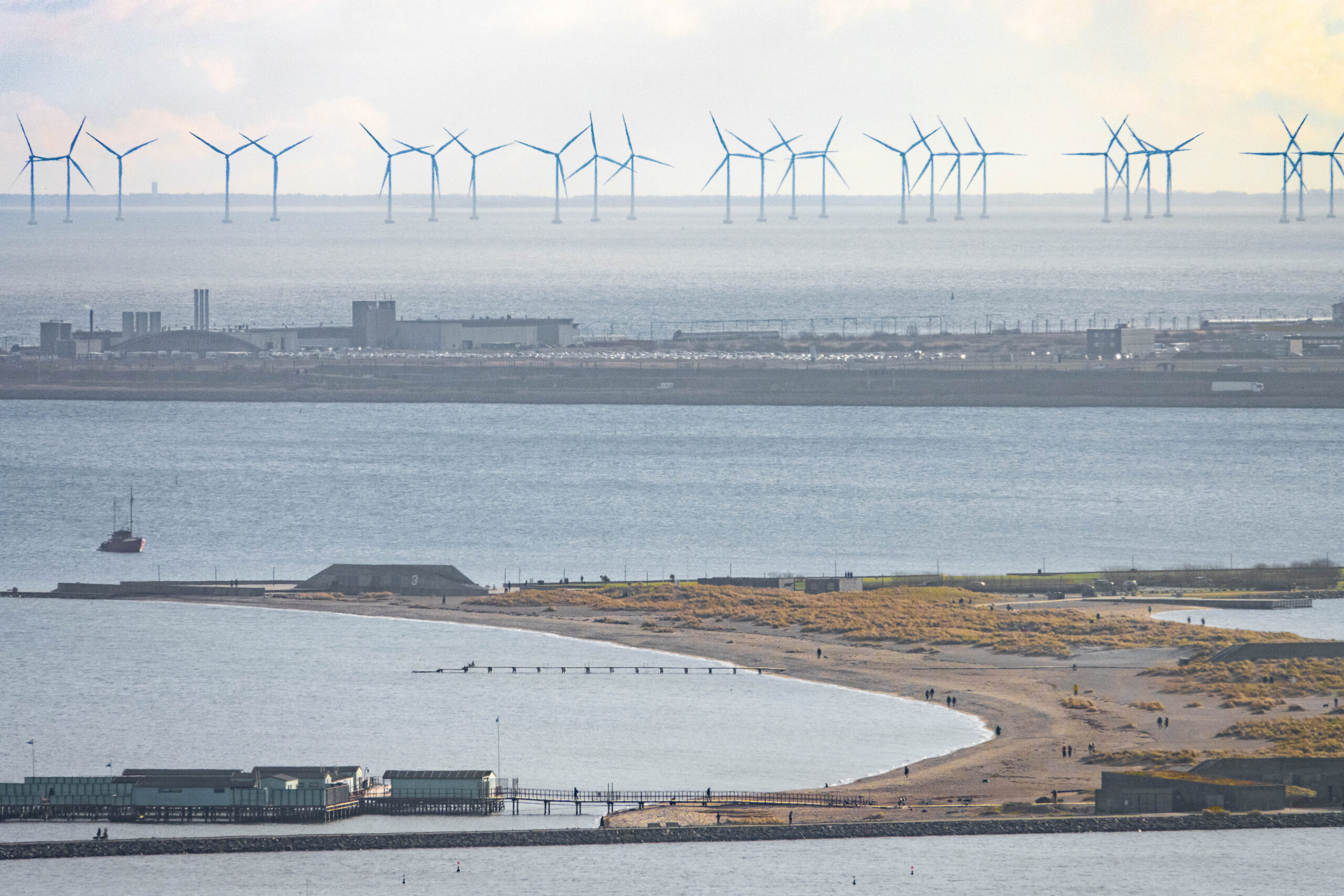
The promised bar and restaurant at the top:
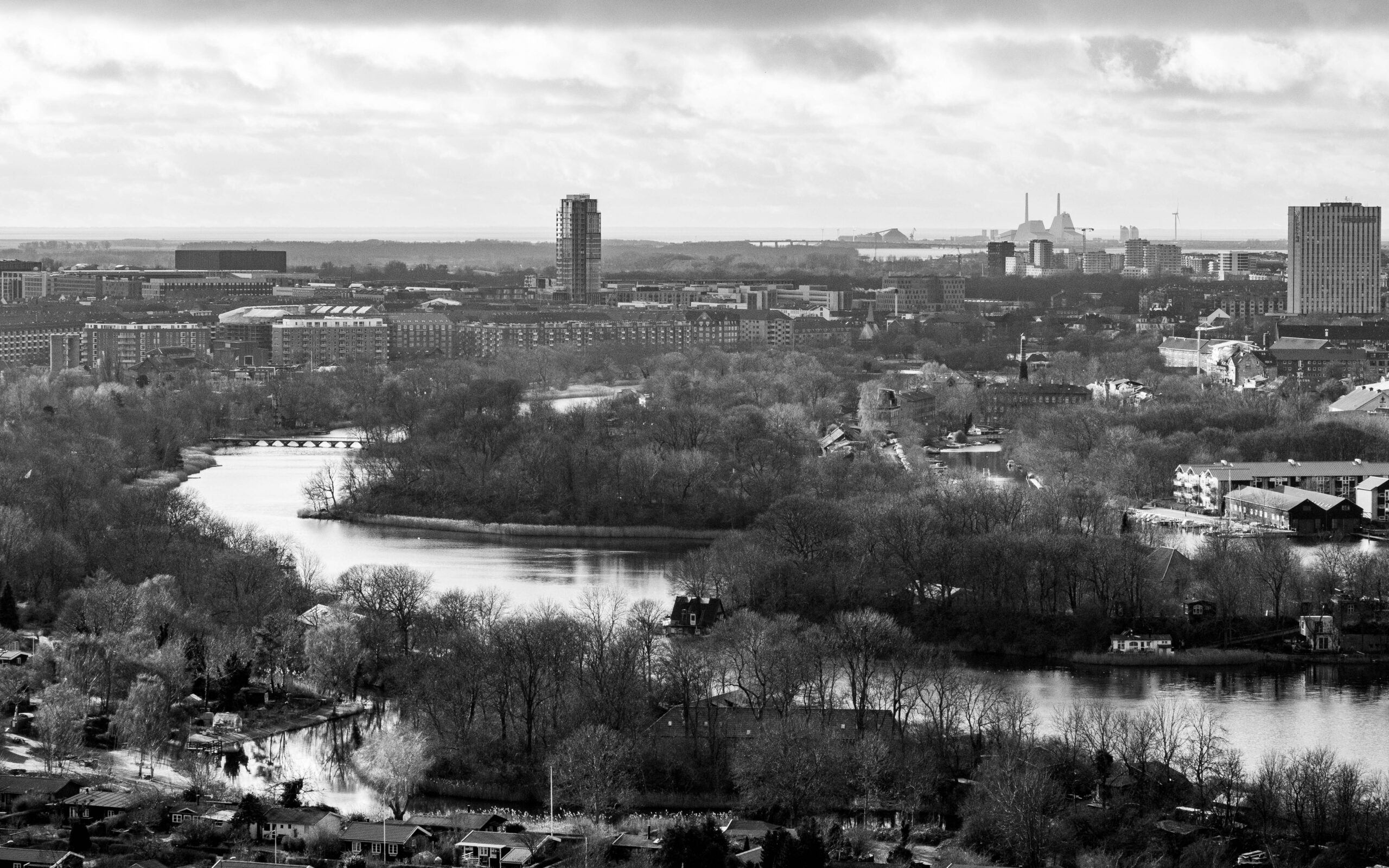
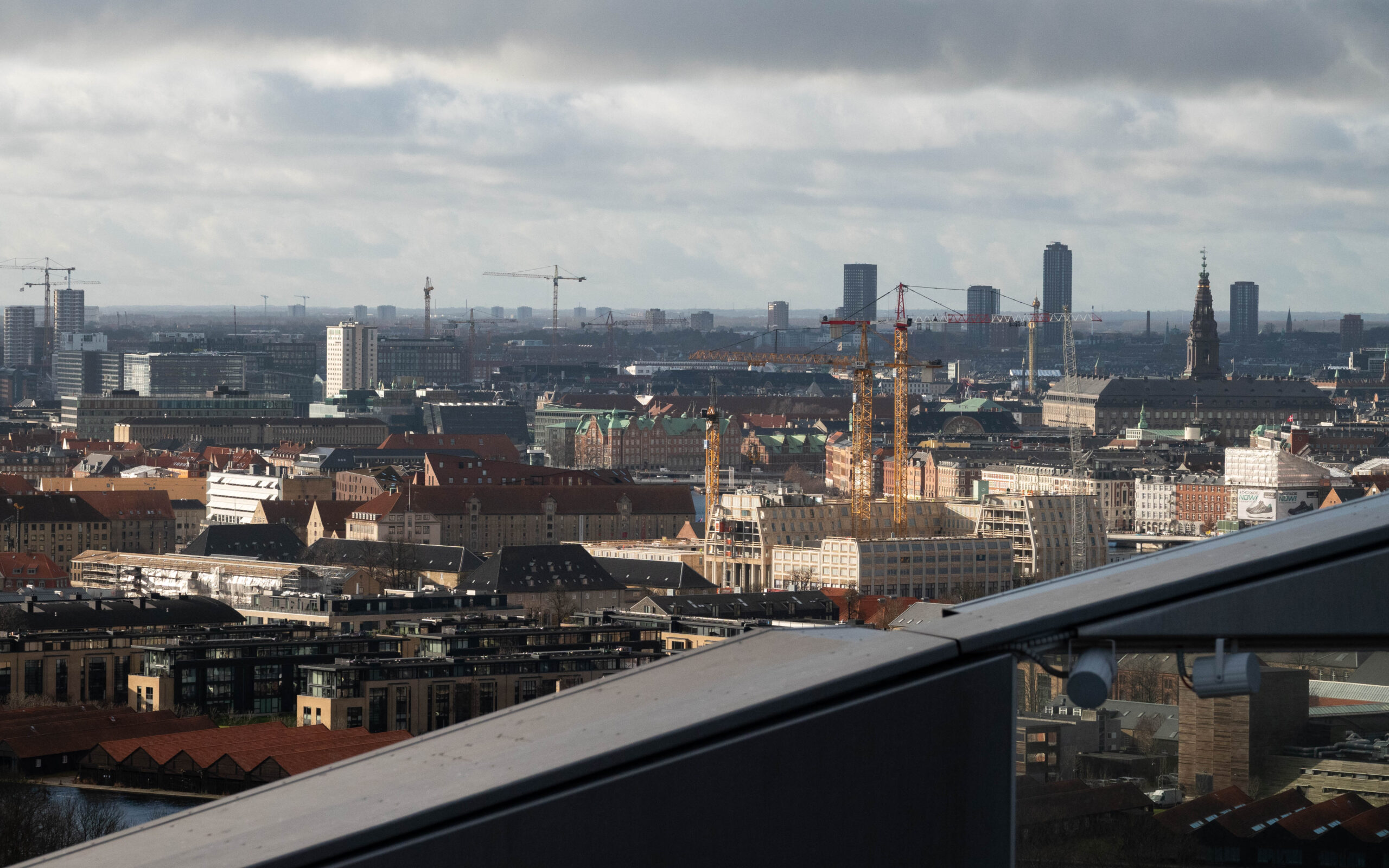
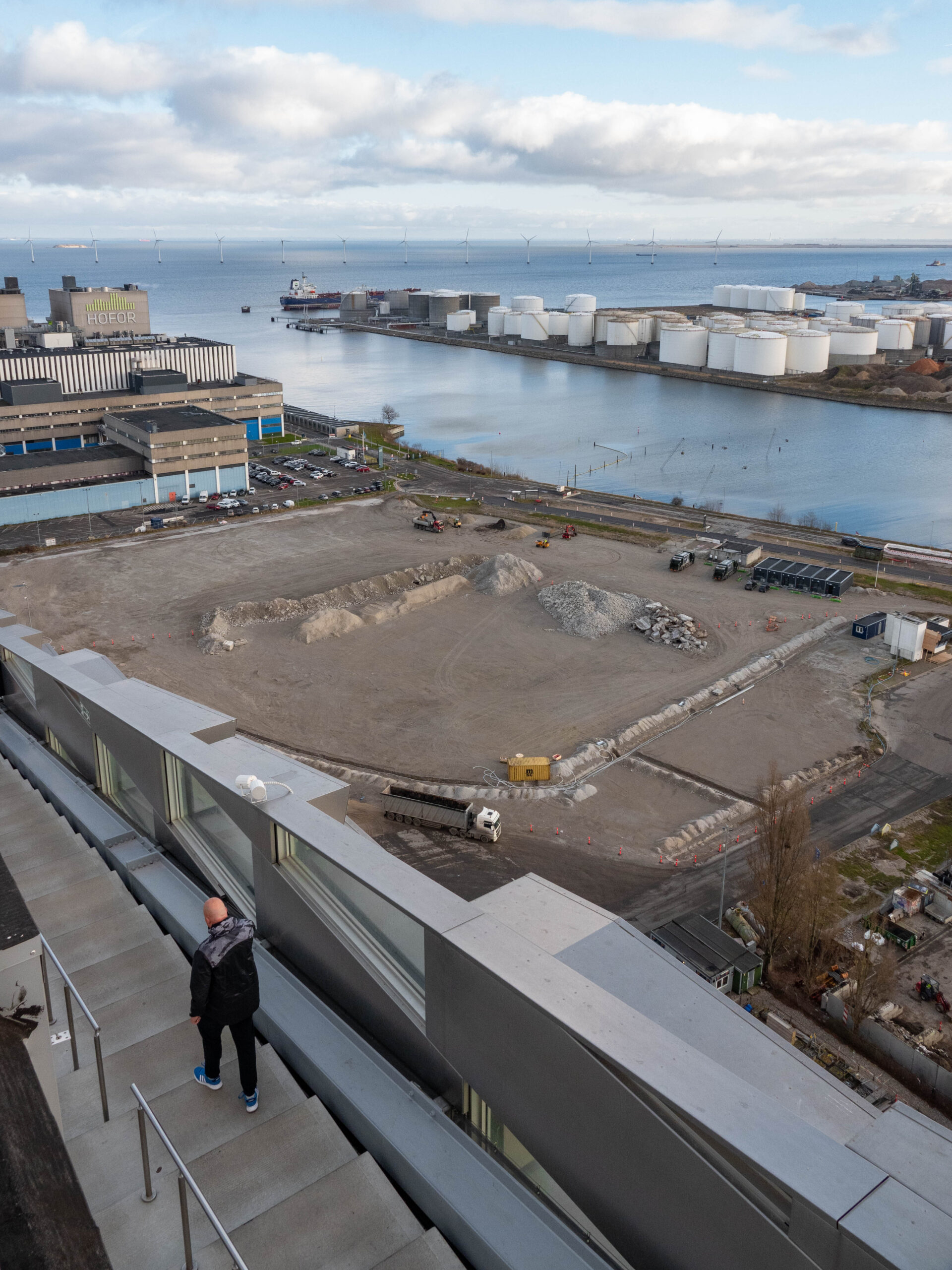
It’s only from up here that you fully realise how many industrial sites sit in this part of Copenhagen.
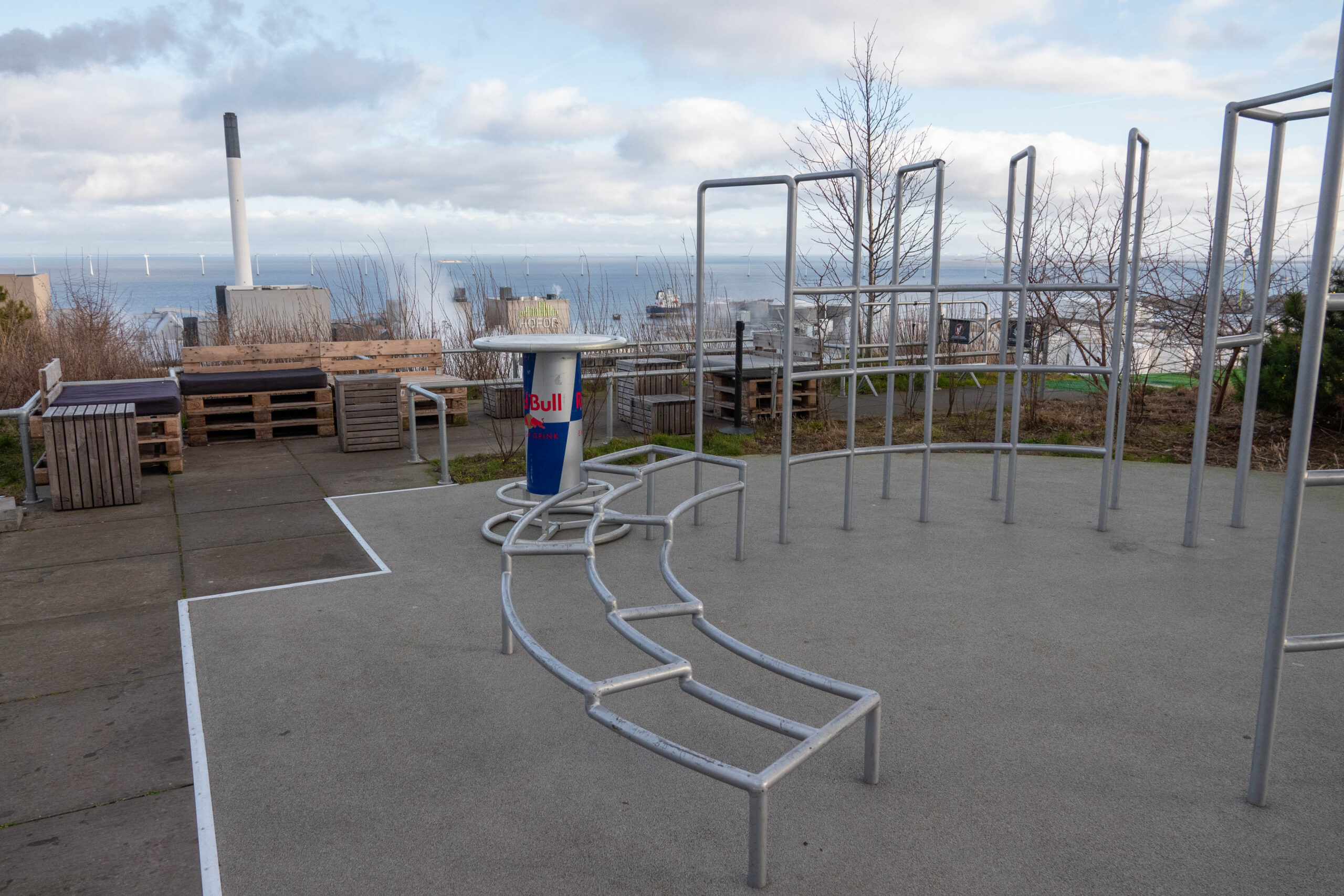
This is one of the largest waste-to-energy plants in Northern Europe. It can burn up to 560,000 tonnes of waste per year, with up to 350 rubbish trucks arriving daily, collecting waste from around 680,000 city residents.
The waste is sorted and moved into one of two furnaces. As it burns, it heats water for the district heating system and produces steam to power a turbine.
In 2019, 477,000 tonnes of waste provided heating for 77,000 households (1,160 GWh) and electricity for 38,000 households (218 GWh).
By condensing the flue gas, the plant recovers hot water and can even reuse the ash, which becomes road-building material.

The incinerator uses a sophisticated series of filters that make it cleaner than many other plants. Its gas cleaning systems reduce emissions of hydrochloric acid, sulphur dioxide and nitrogen oxides by more than 90%.
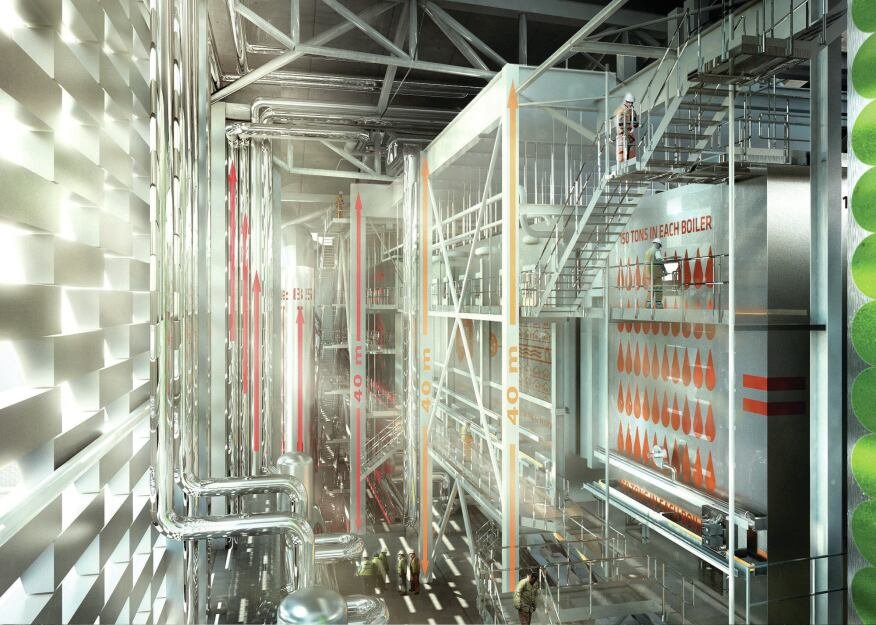
Originally, the plan was for the chimney to puff out visible smoke rings – one for every tonne of CO₂ produced. Each ring would be 25 metres wide and 3 metres high, visible for around 45 seconds. At night, the rings would be lit with lasers connected to temperature-sensitive sensors.
The idea was to visually represent our carbon impact and encourage people to consider their daily choices.
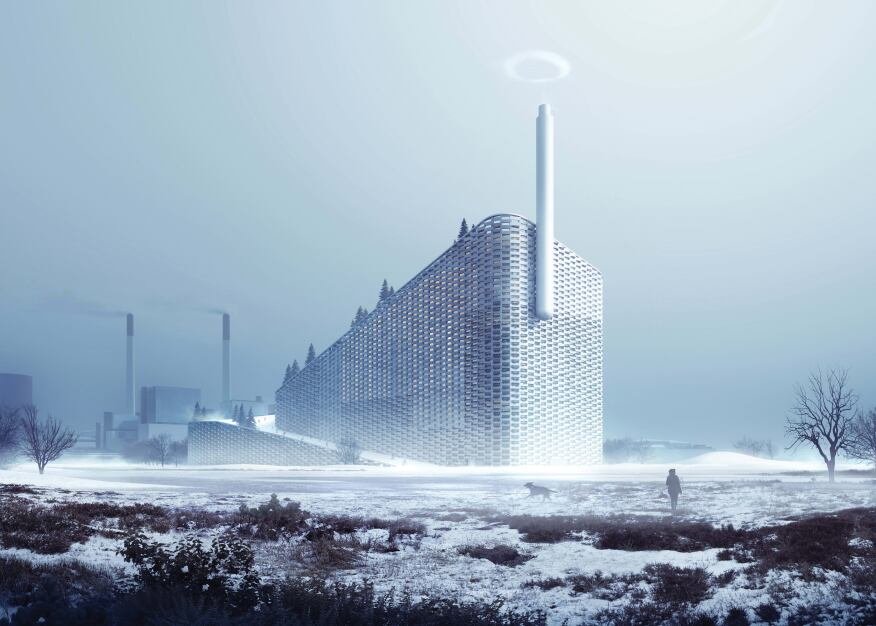
Unfortunately, the mechanism never went live. 🙁
Still, we can see one successful test here:
ARC and CopenHill are, without a doubt, major steps forward for Copenhagen and Denmark on their journey toward becoming a carbon-neutral capital by 2025. You can read more about their climate action plan here.
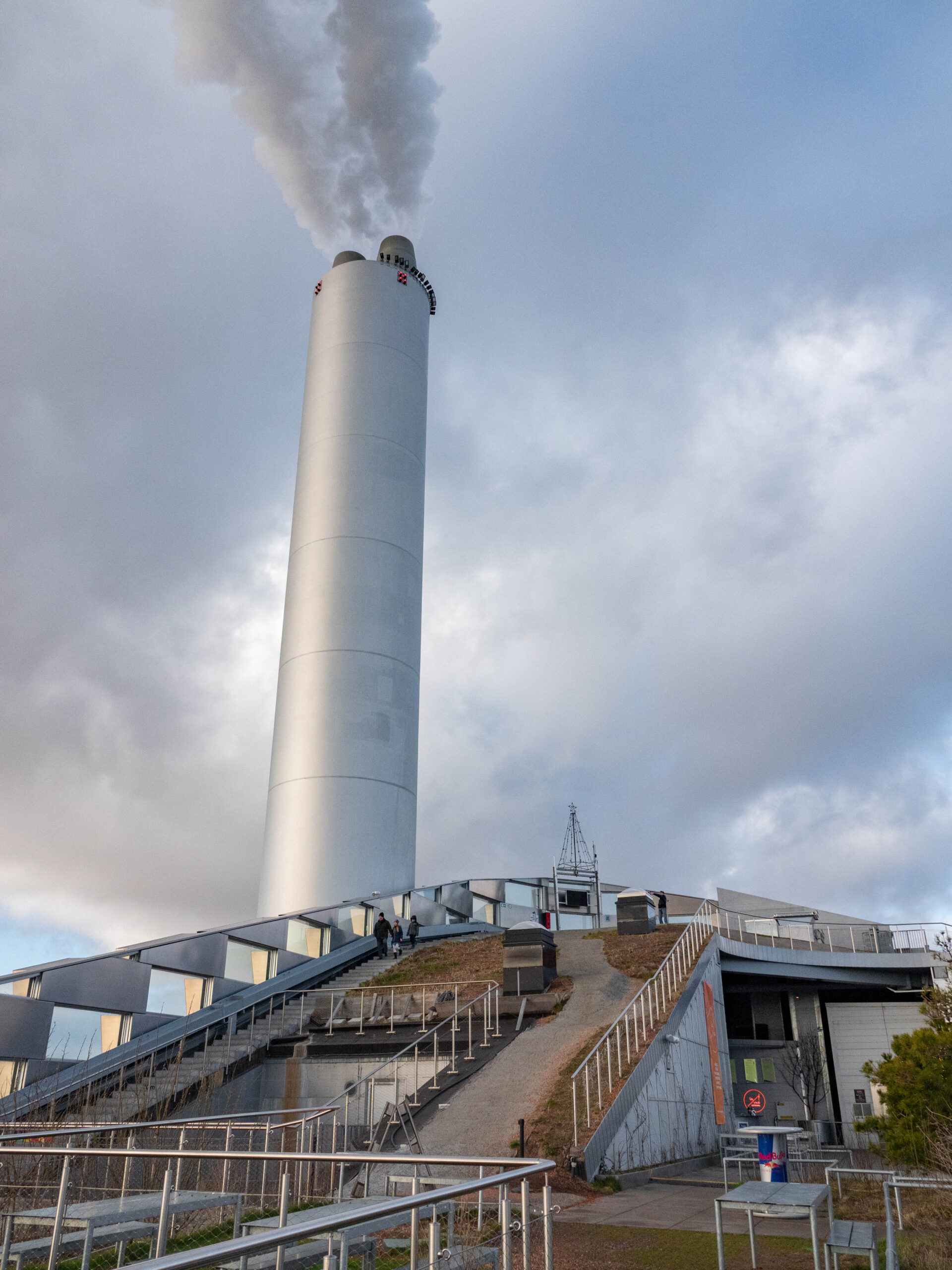
I’ll finish with a quote from the project’s architect – one I wholeheartedly agree with. For me, there’s nothing better than combining climbing, skiing, and stunning views – far above the city noise and daily routine that simply don’t exist on CopenHill.
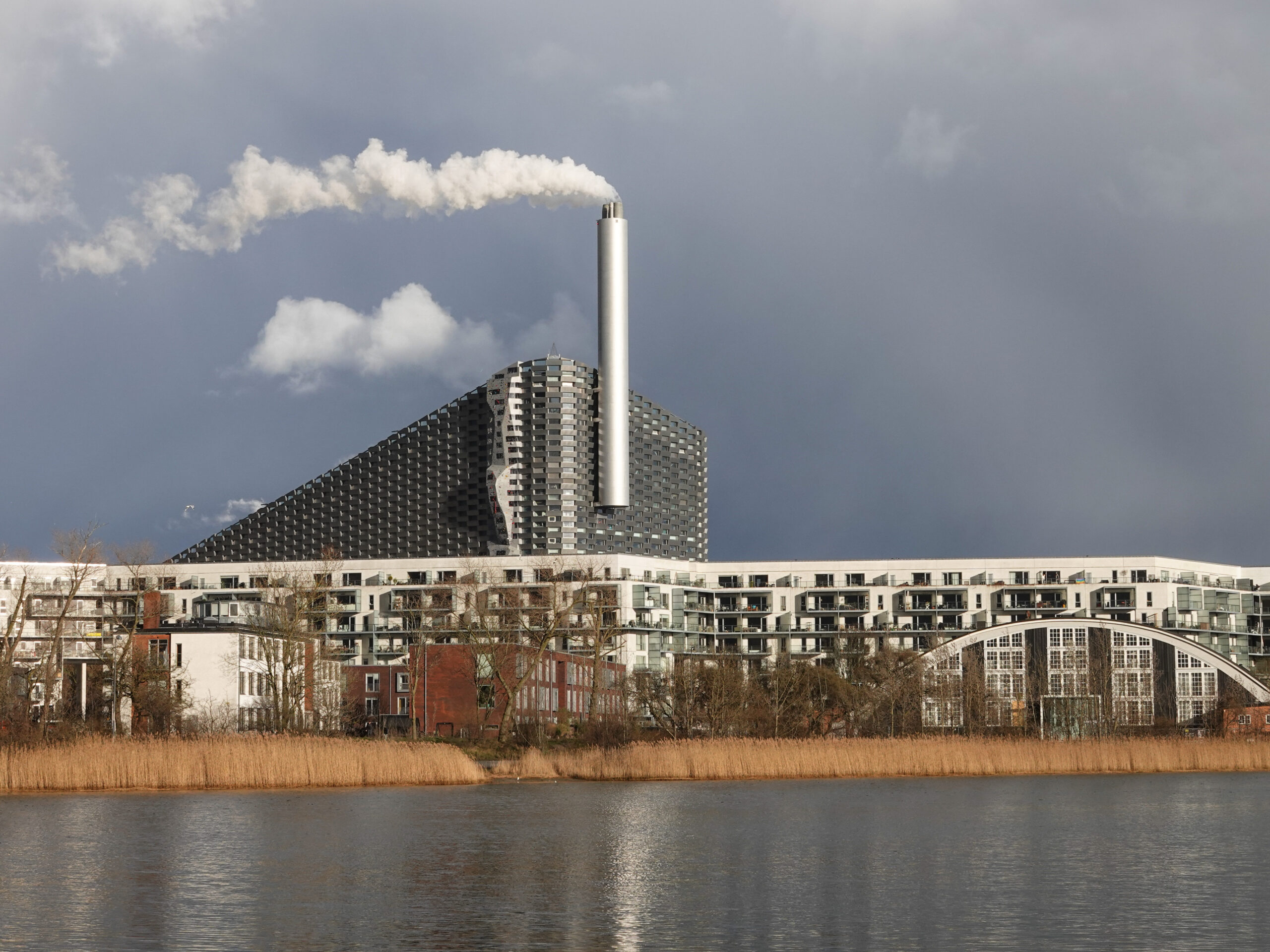
Sustainability isn’t just about being eco-friendly – it’s built on three pillars: ecological, economic, and social. If one is missing, it’s no longer truly sustainable.
Here’s to many more projects like this one!
I hope I’ve sparked even a flicker of interest in this kind of innovation – together, we can build something amazing.
<3, Alenka
